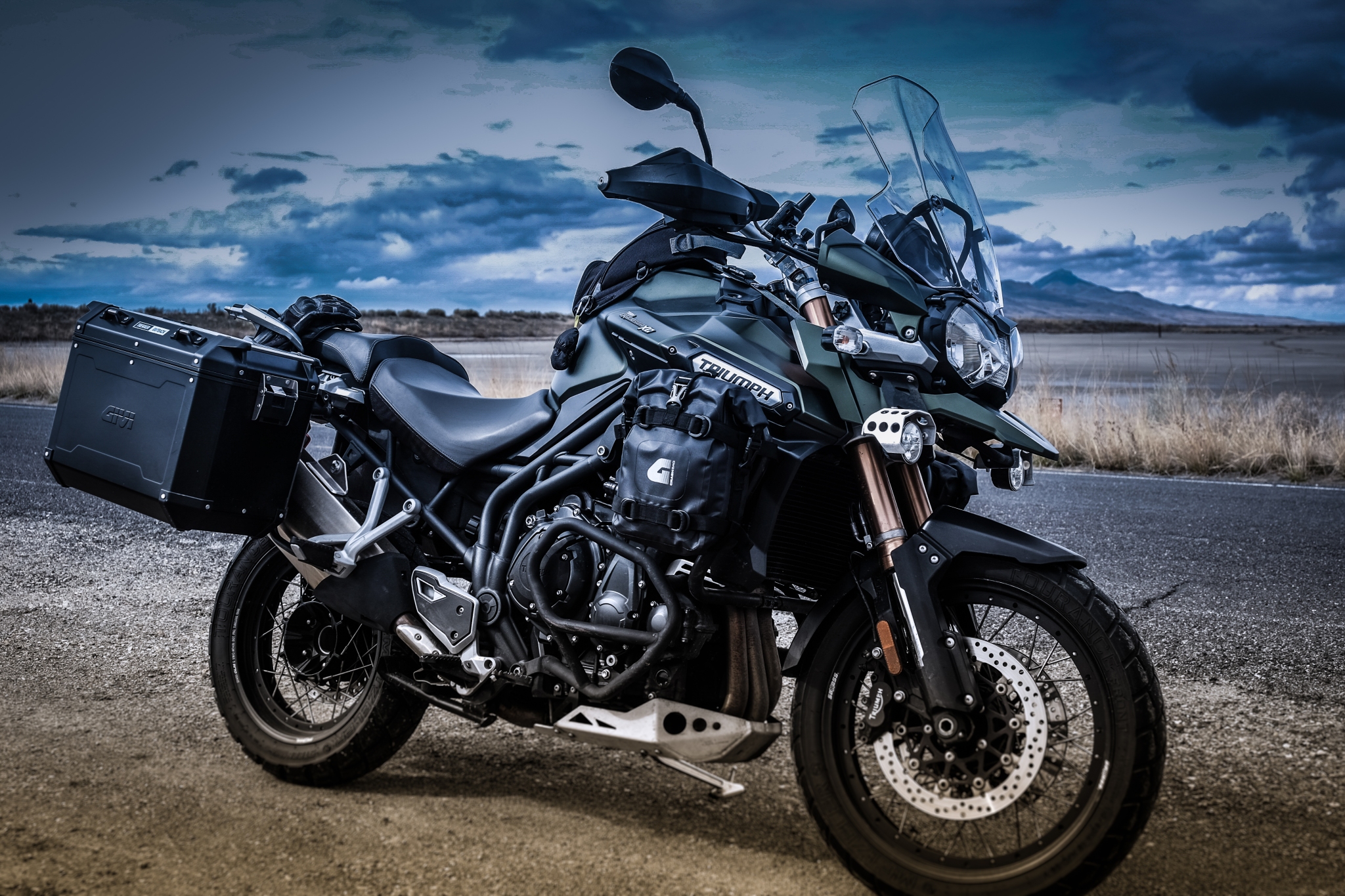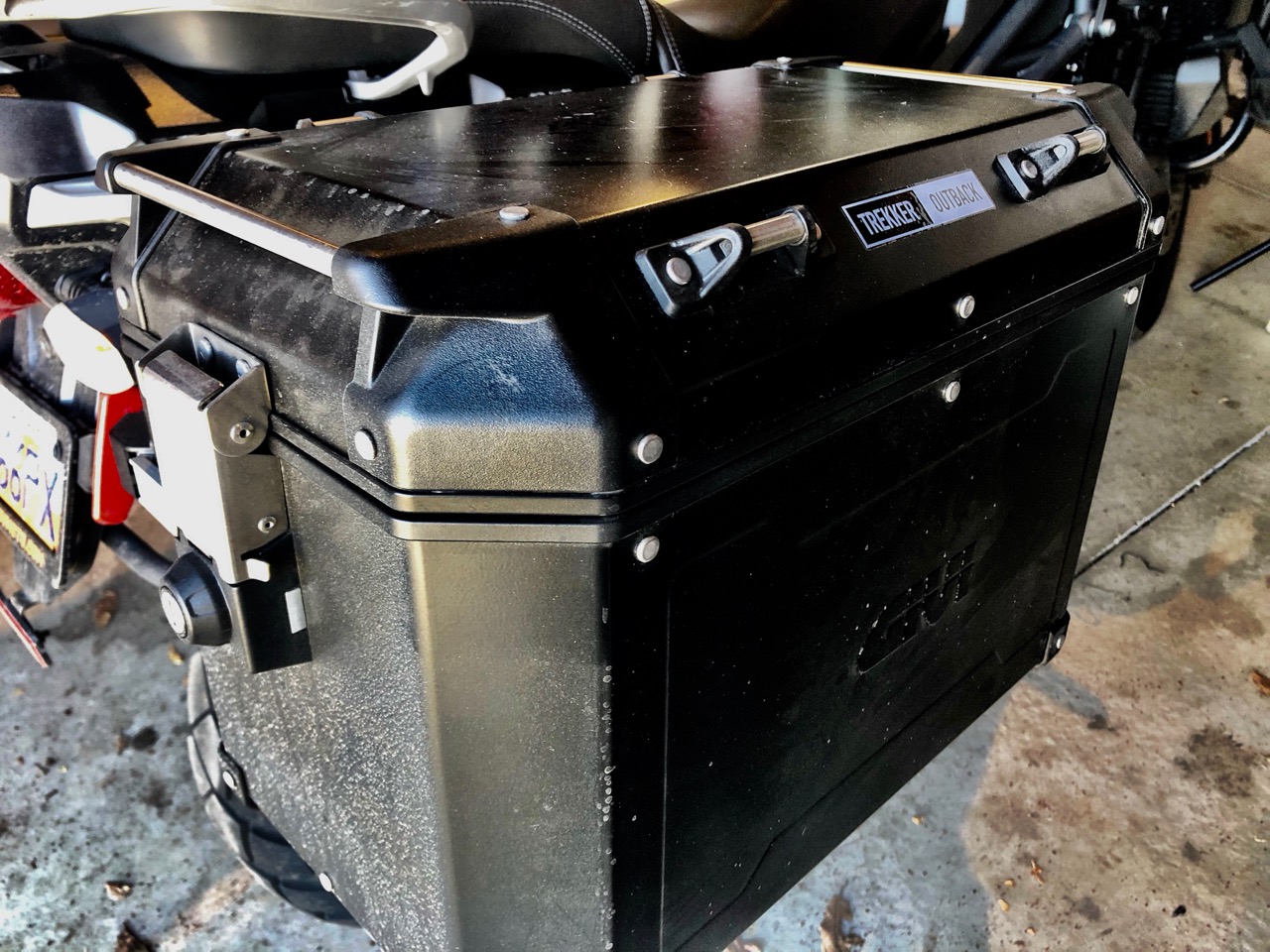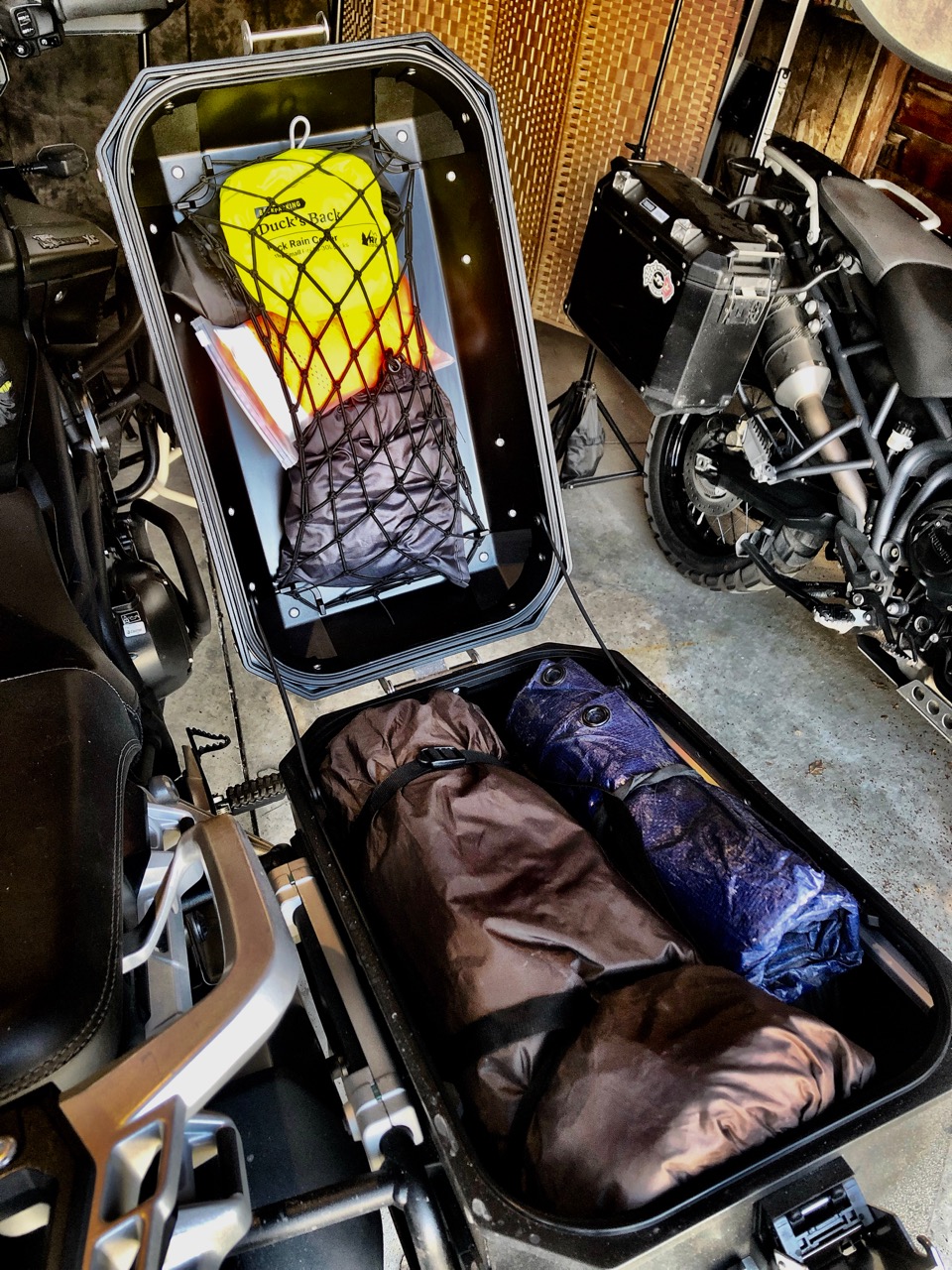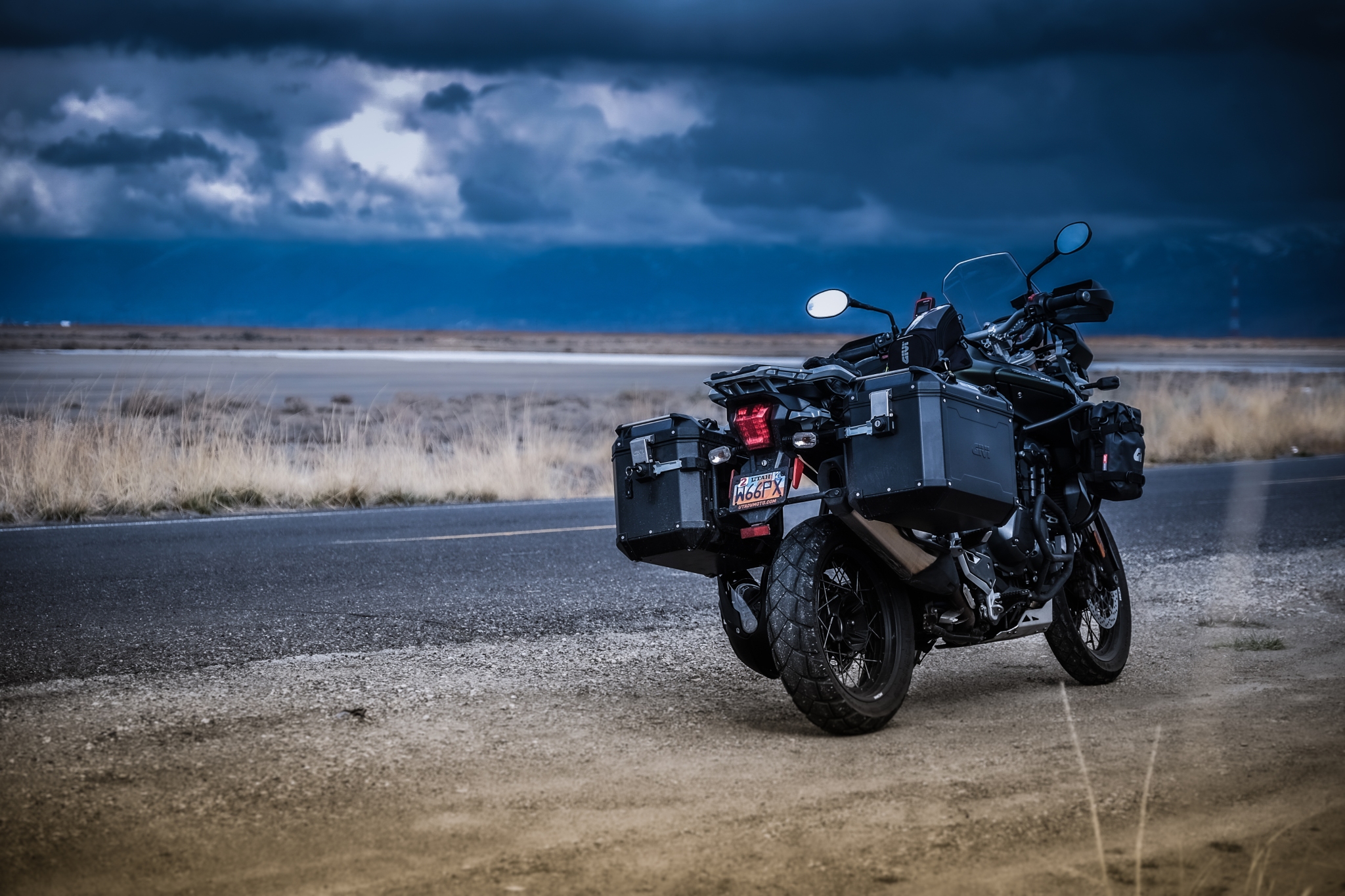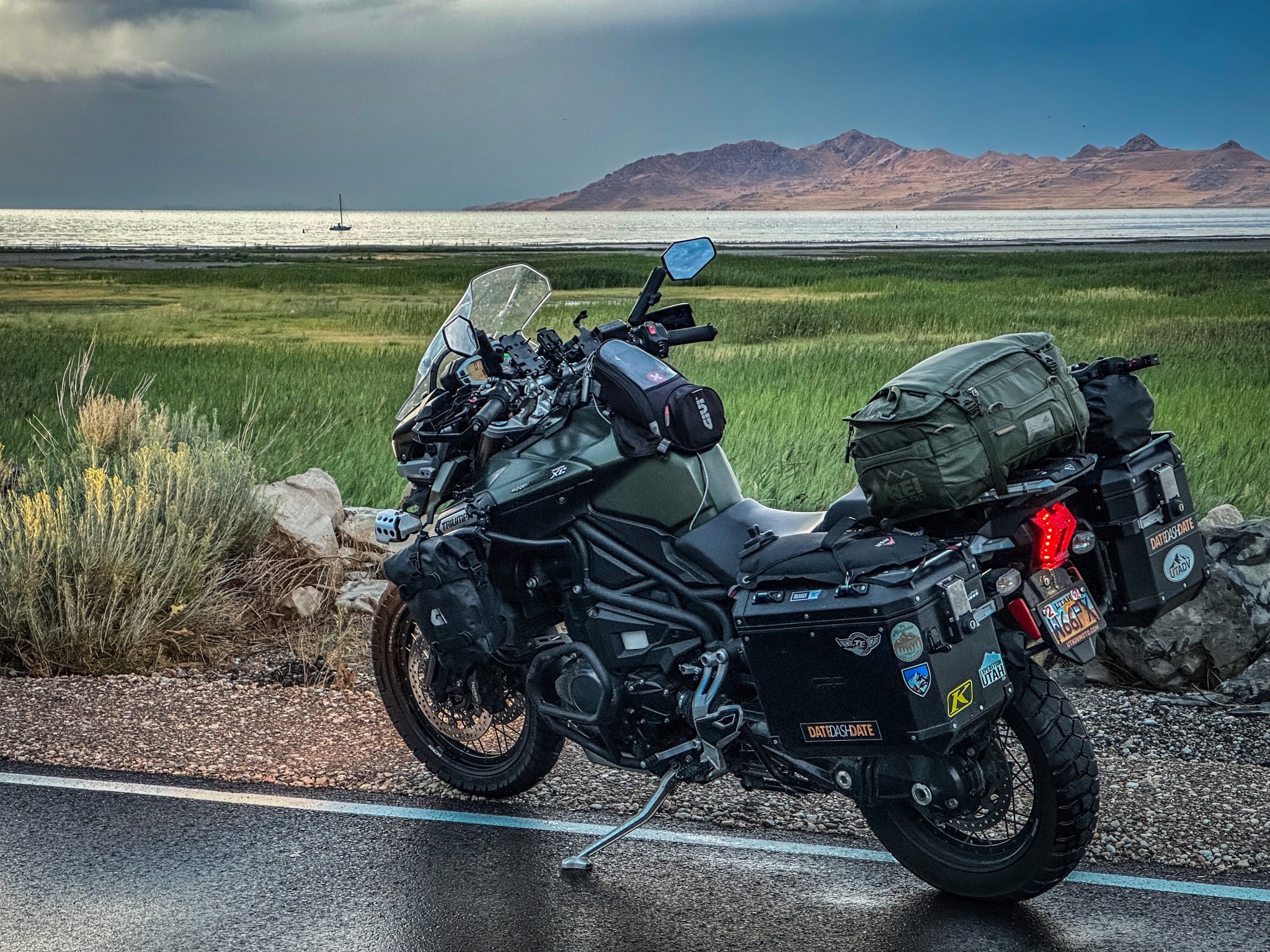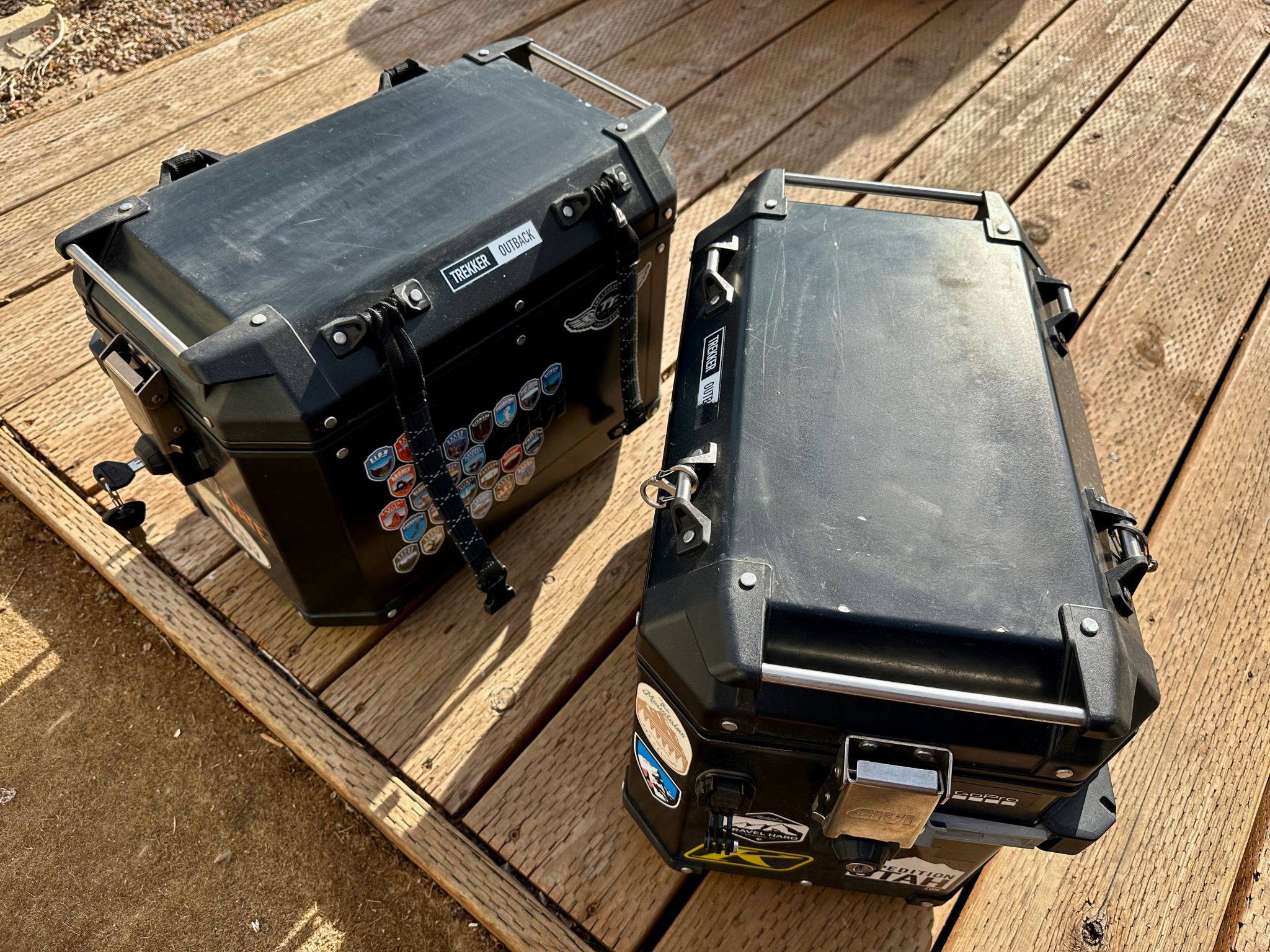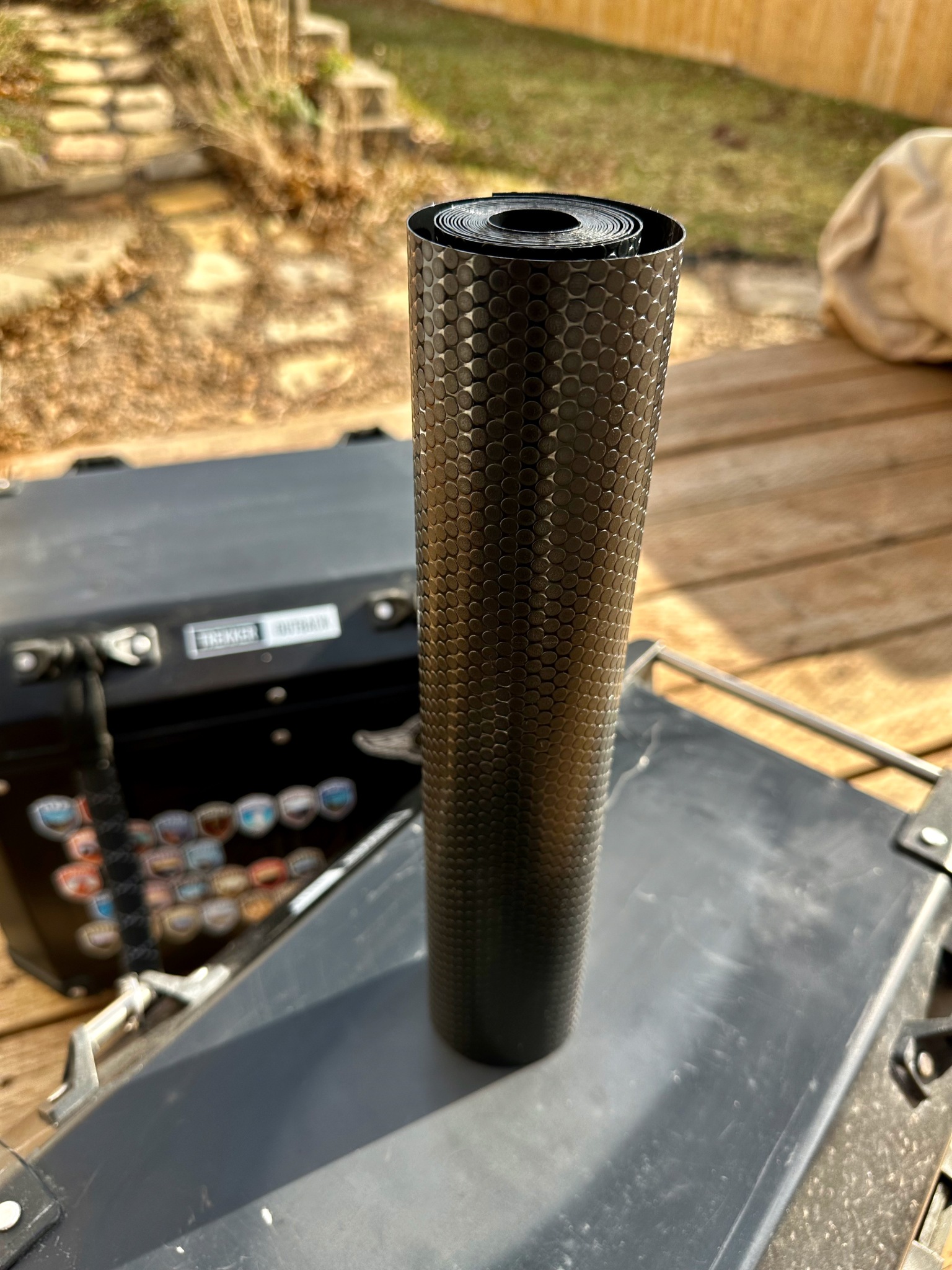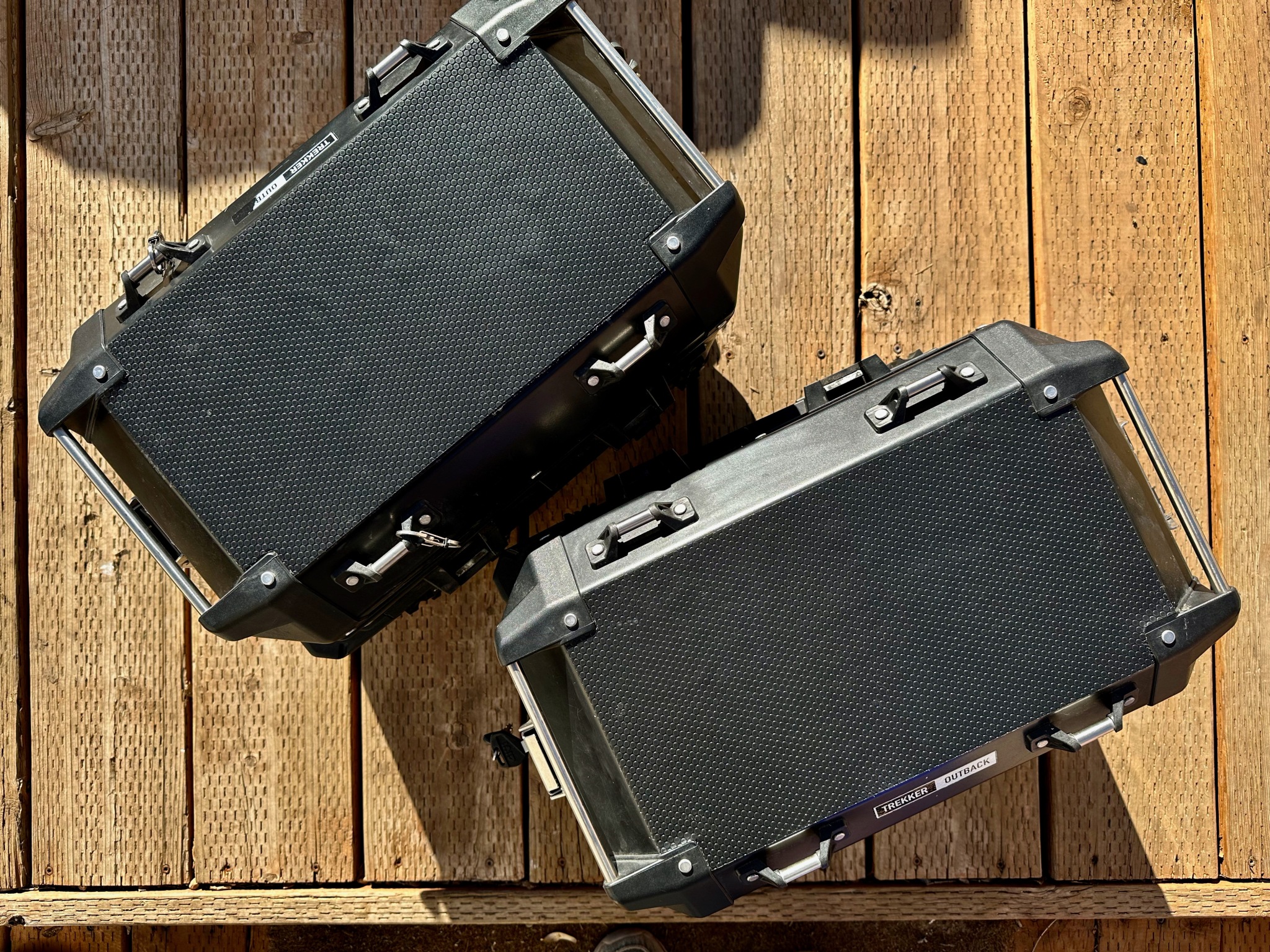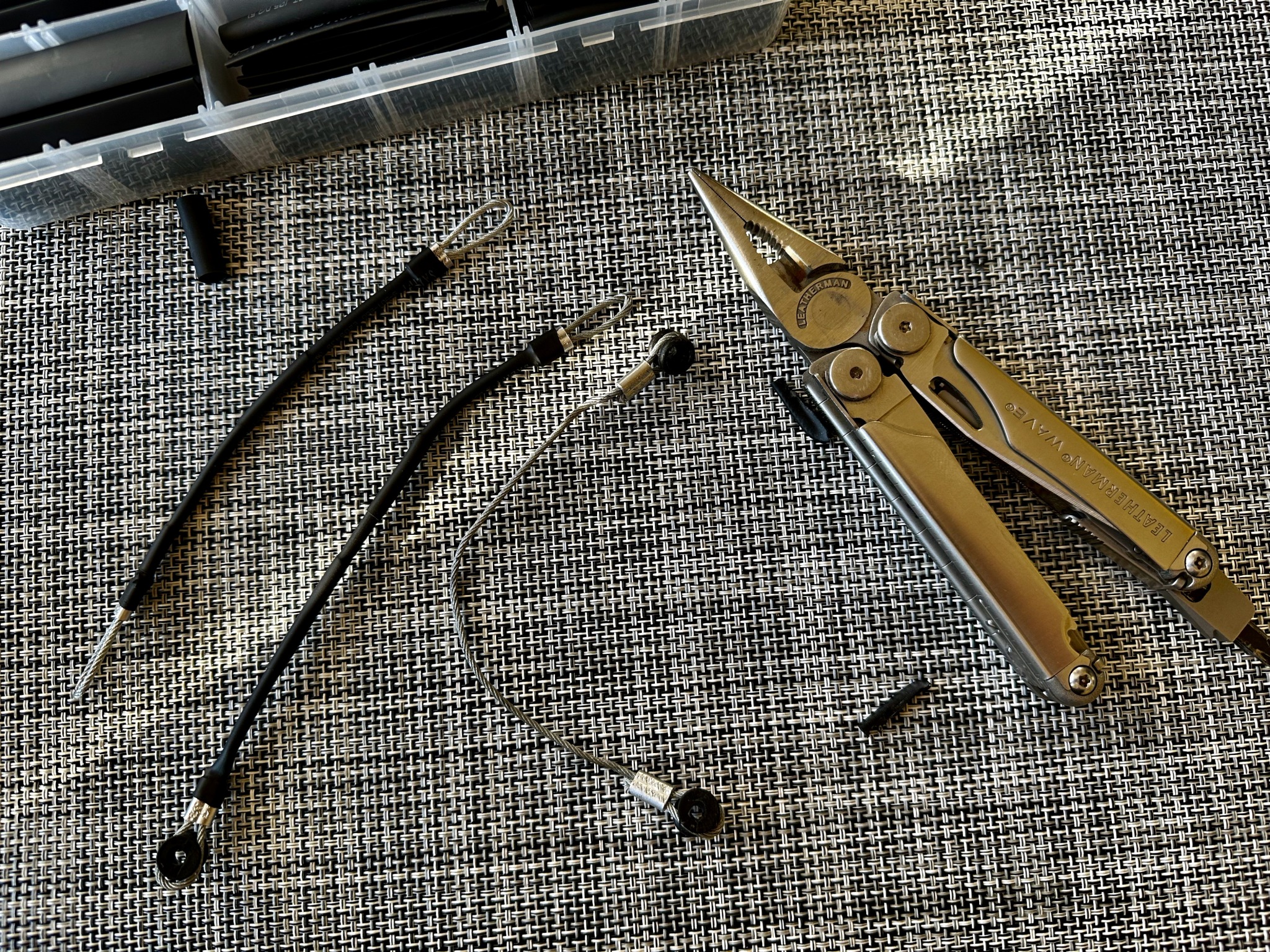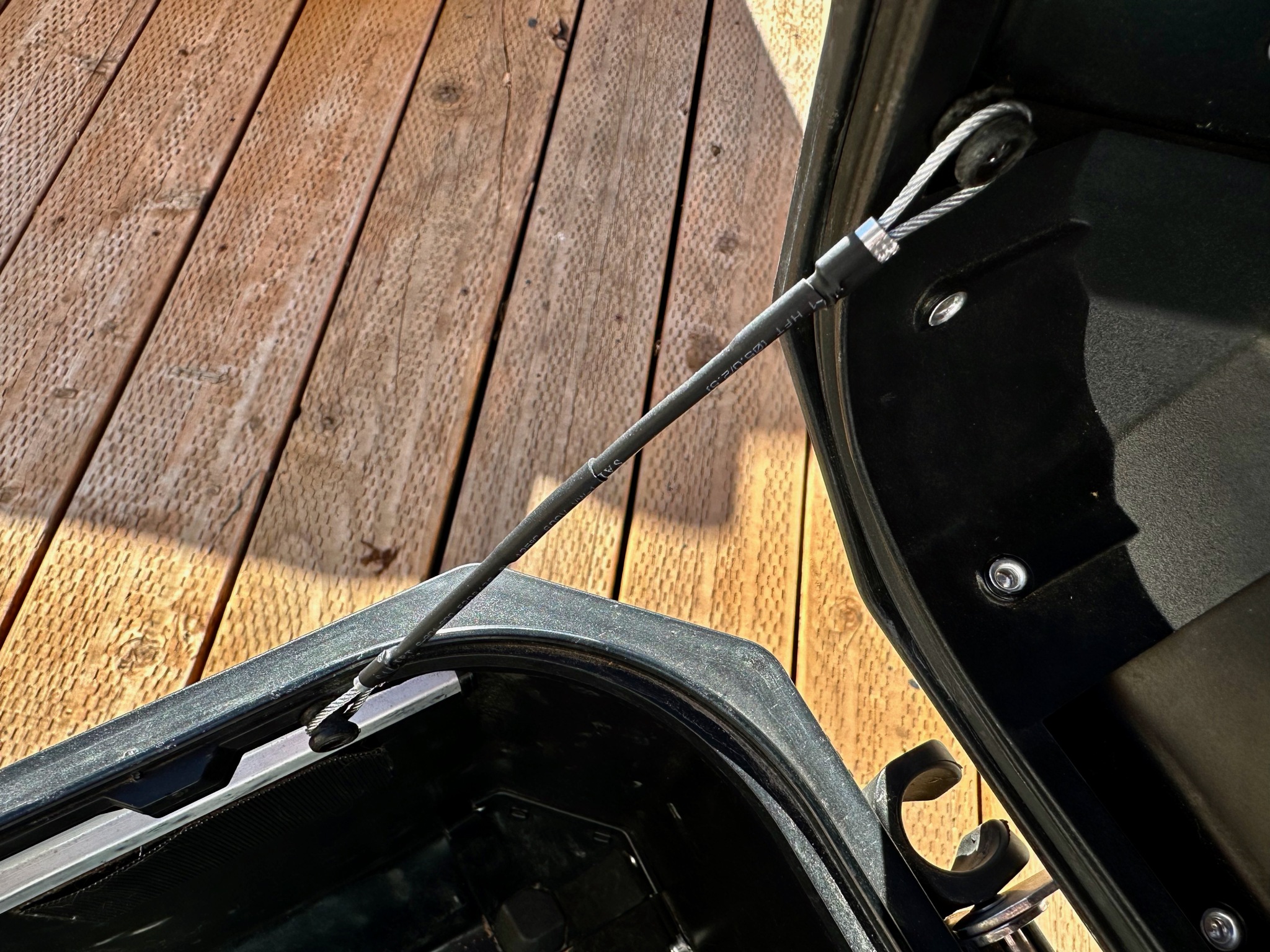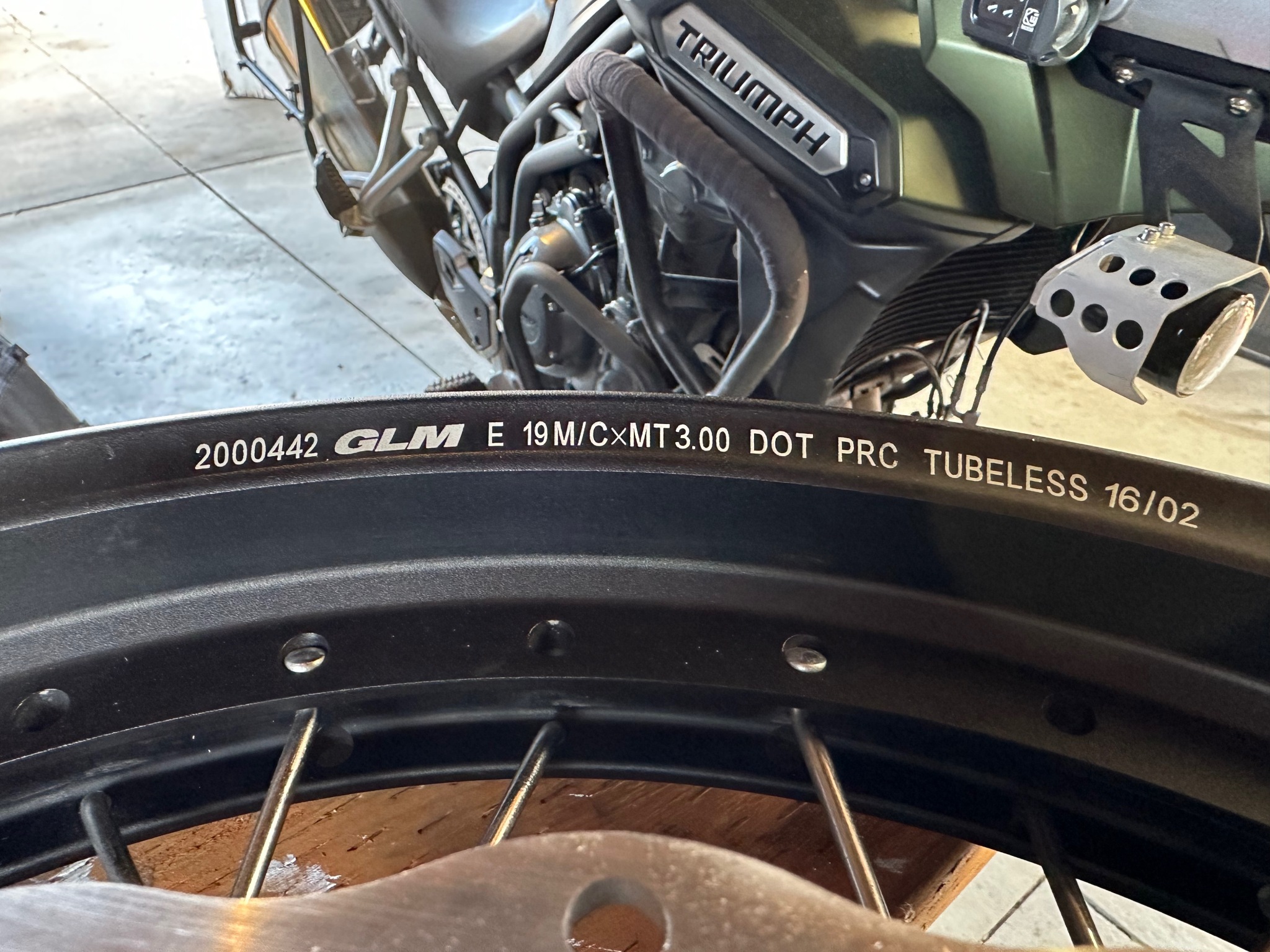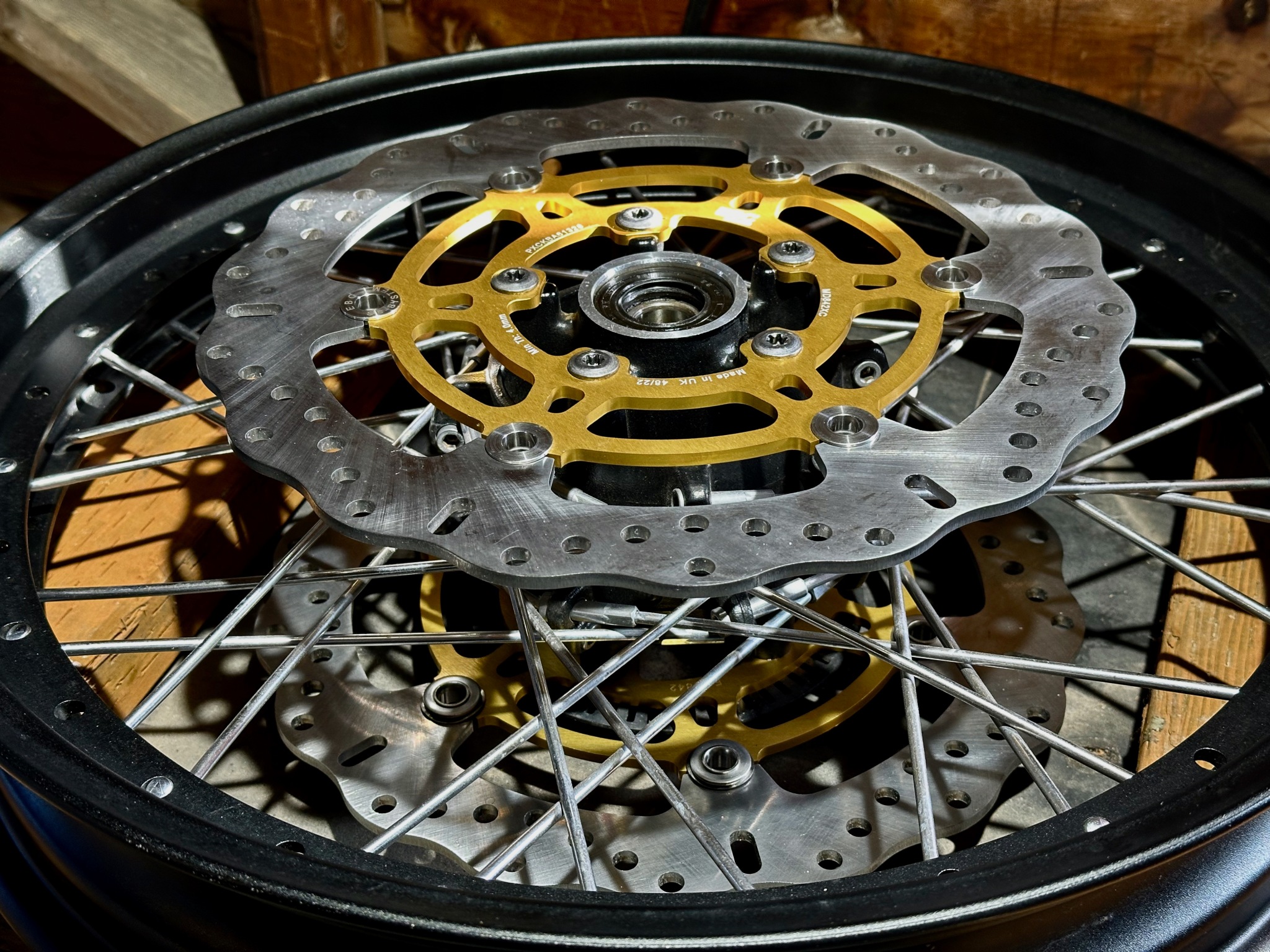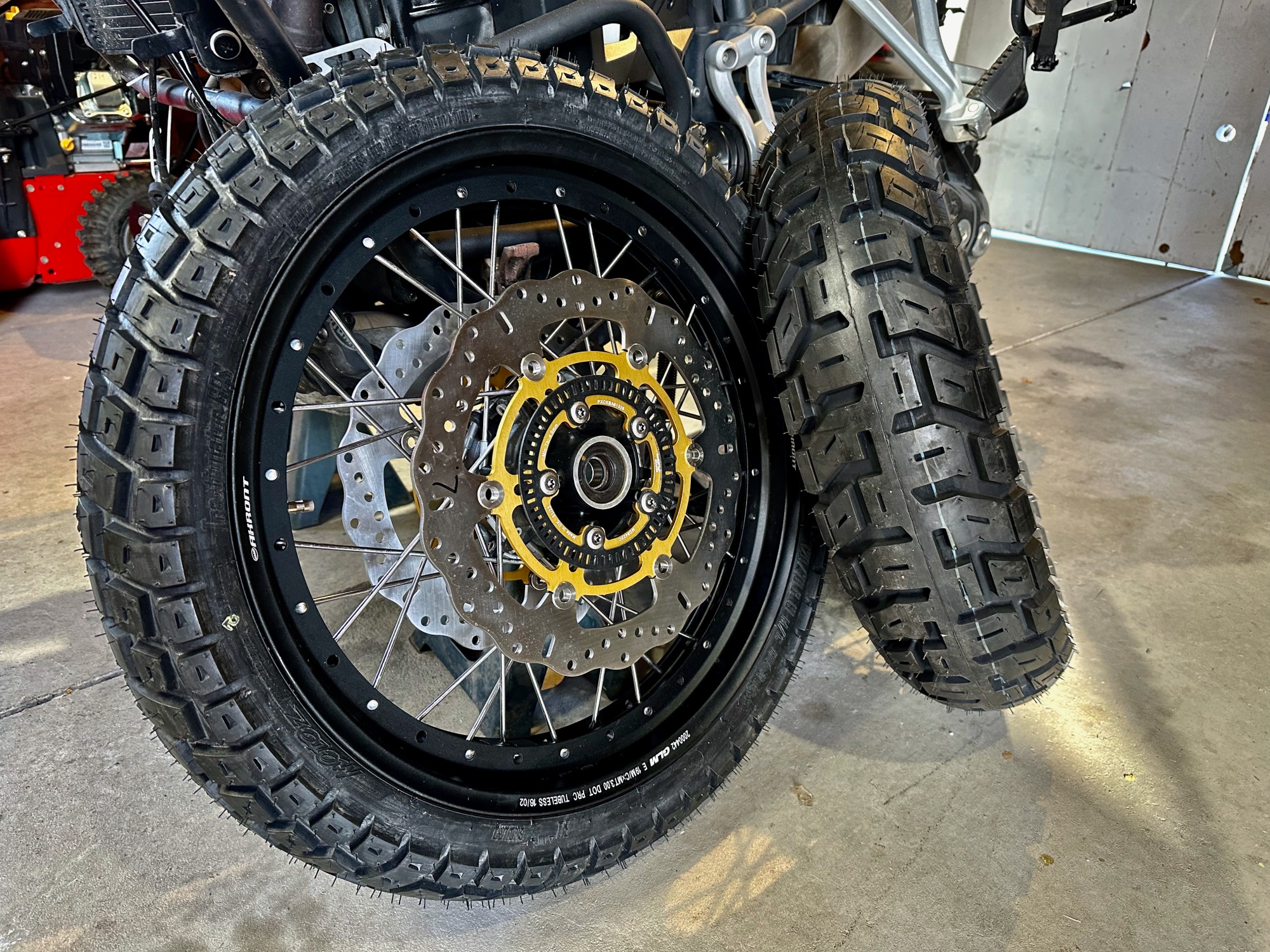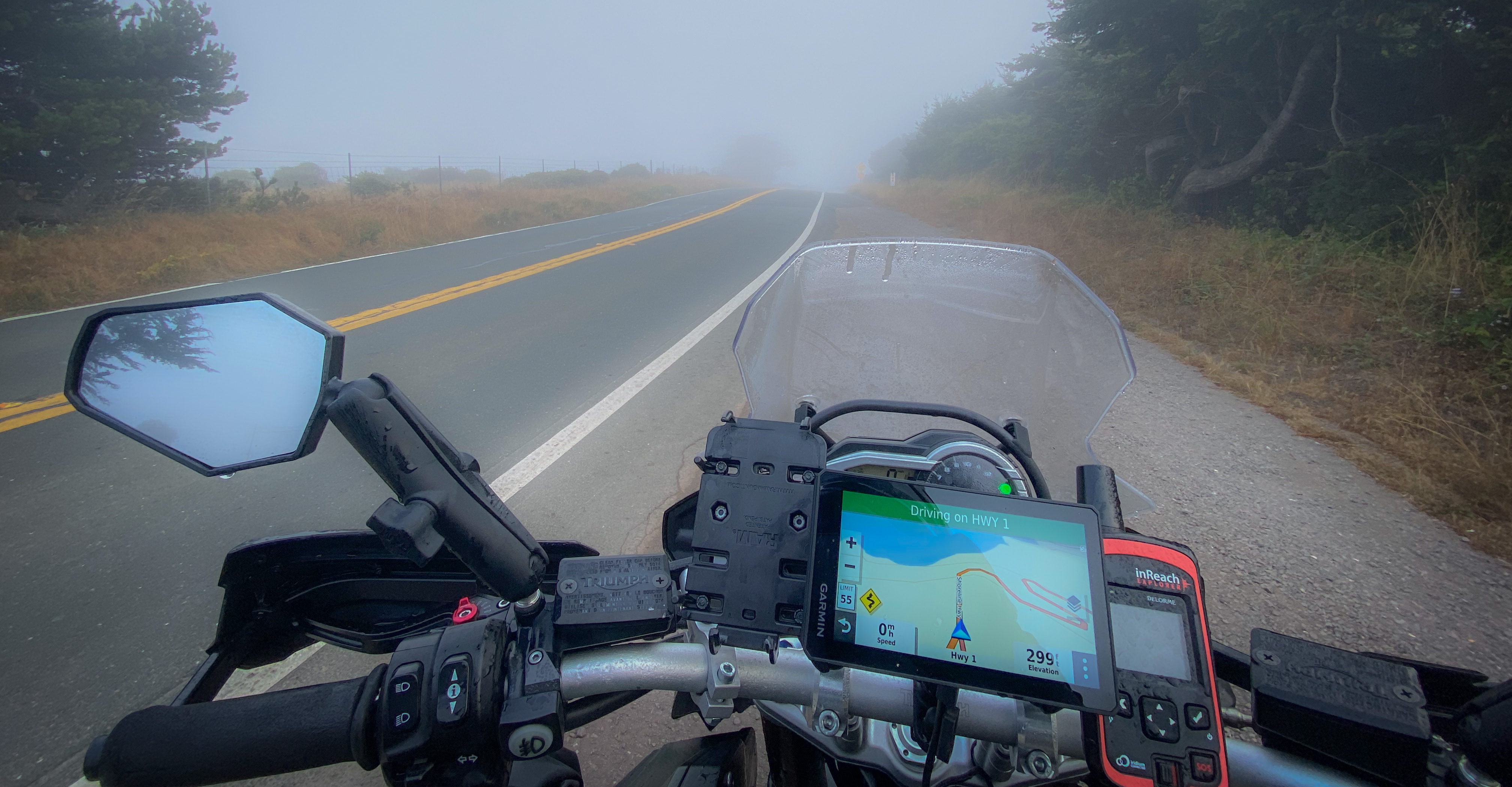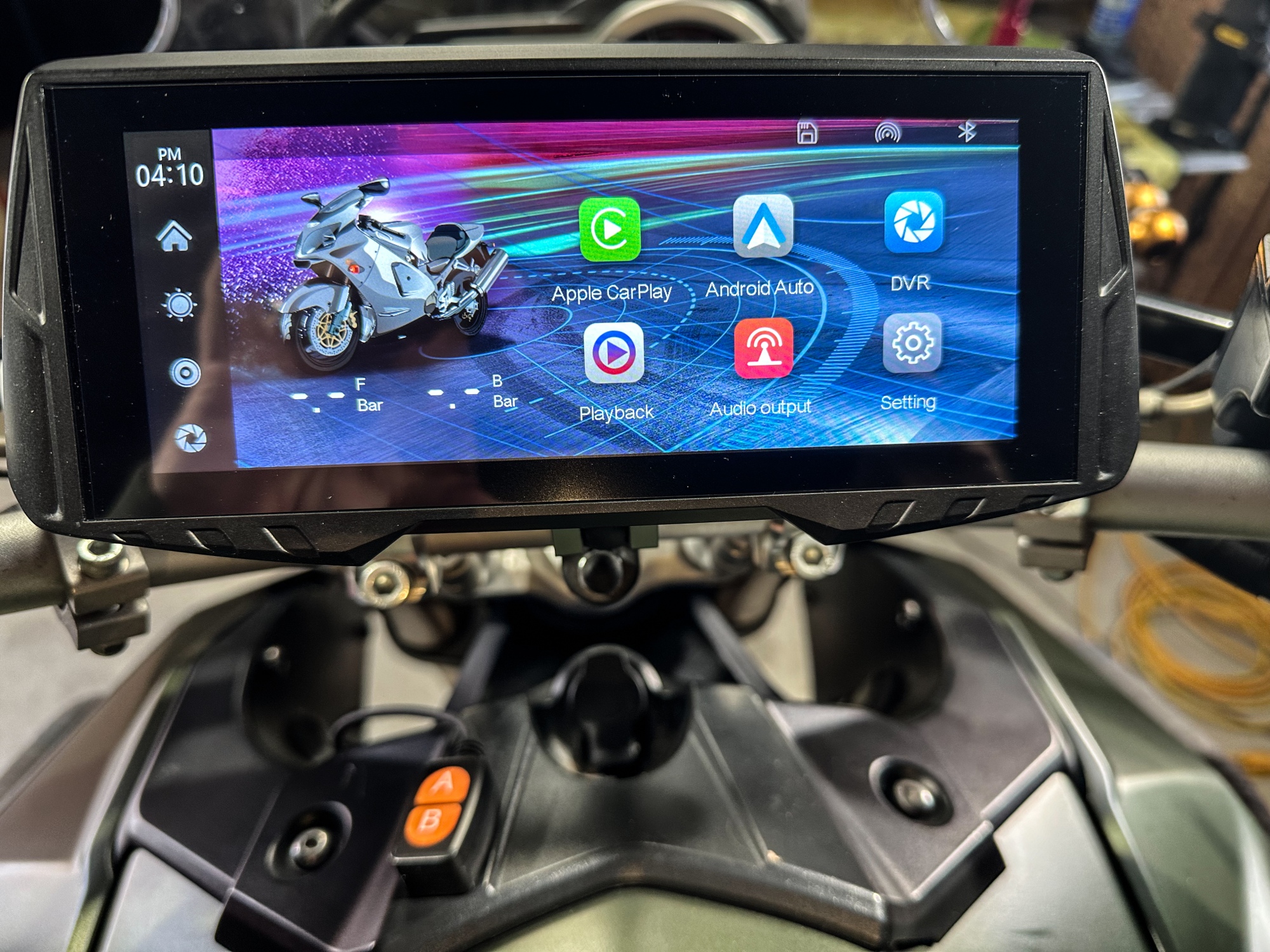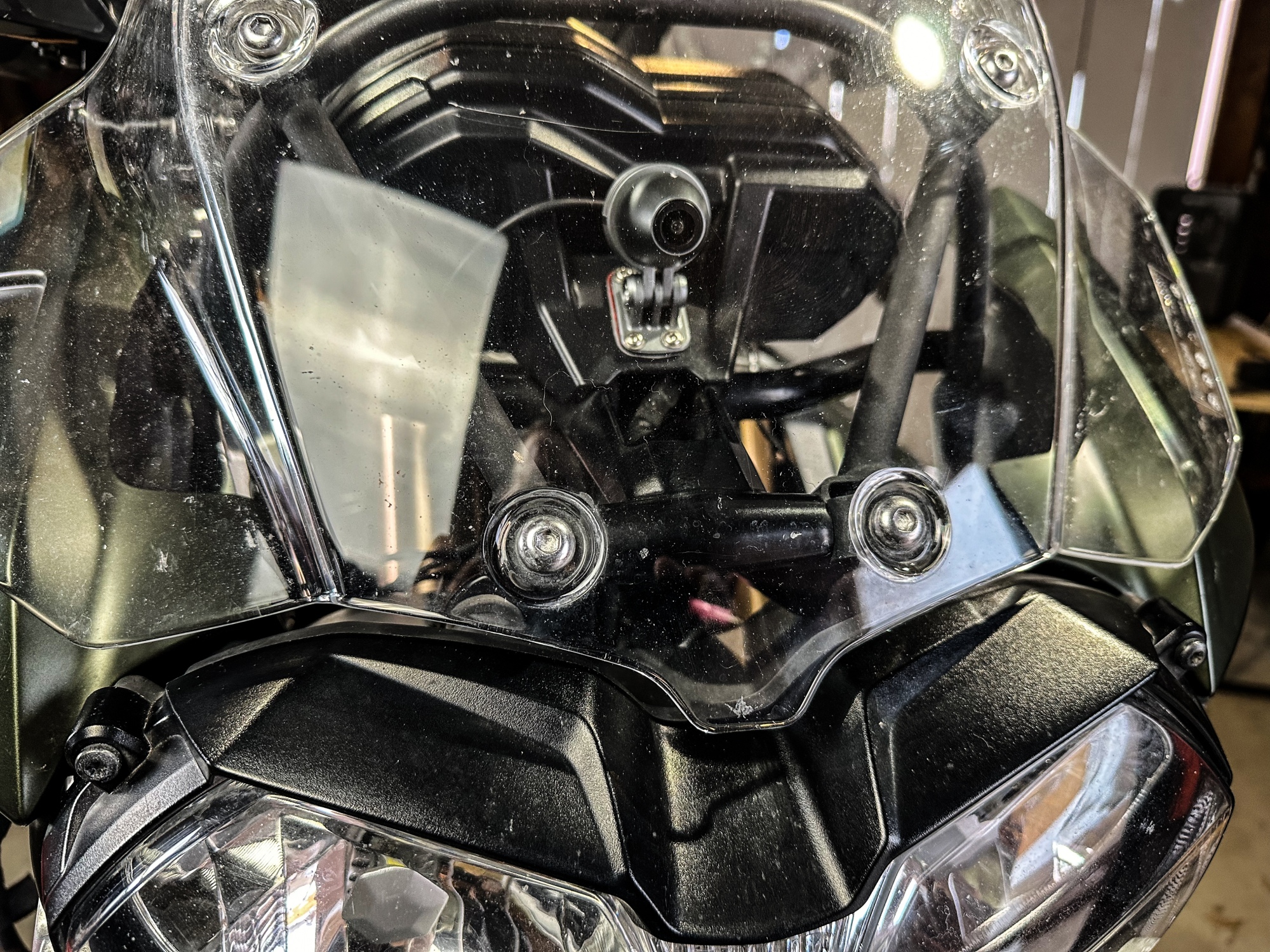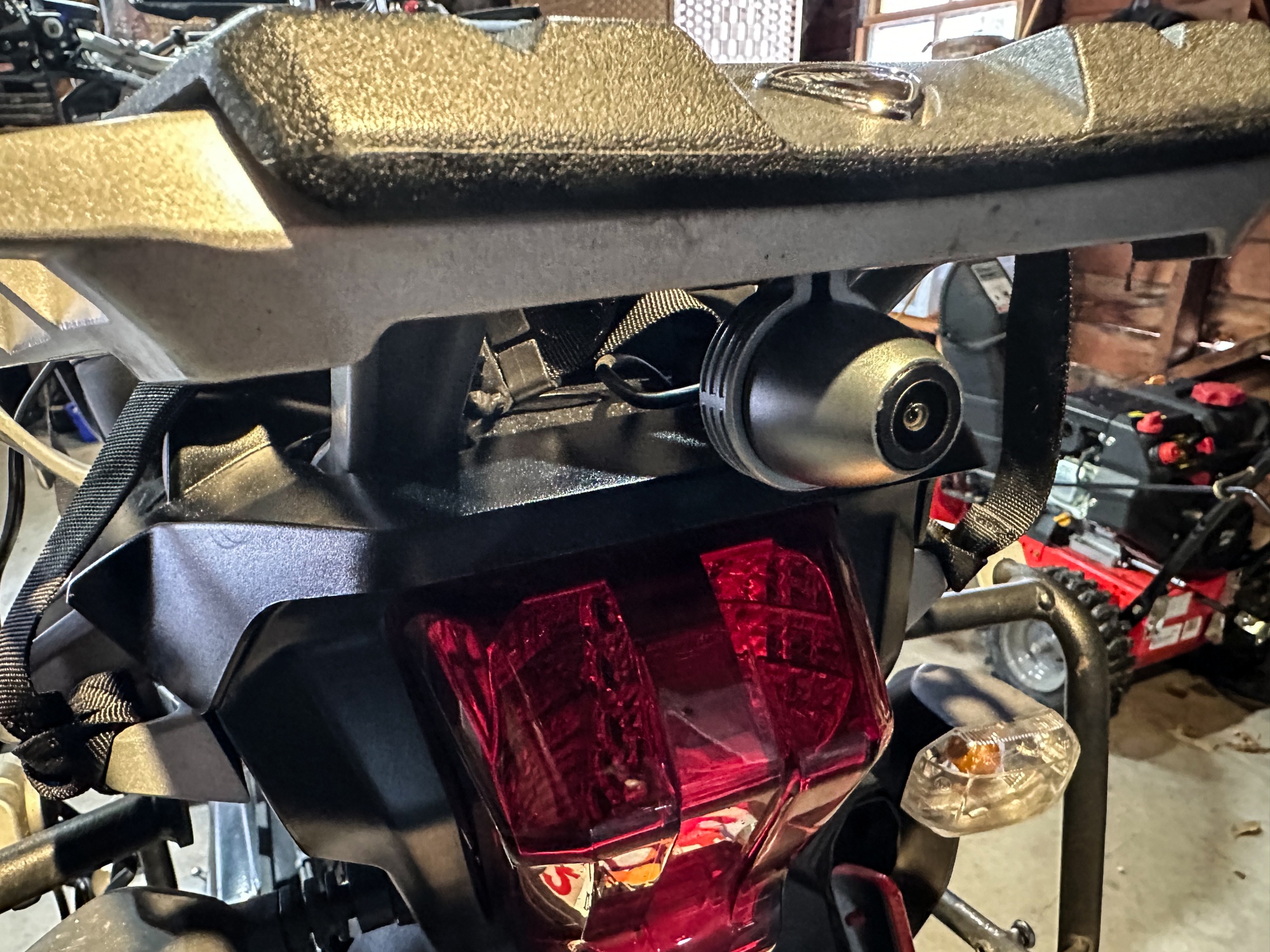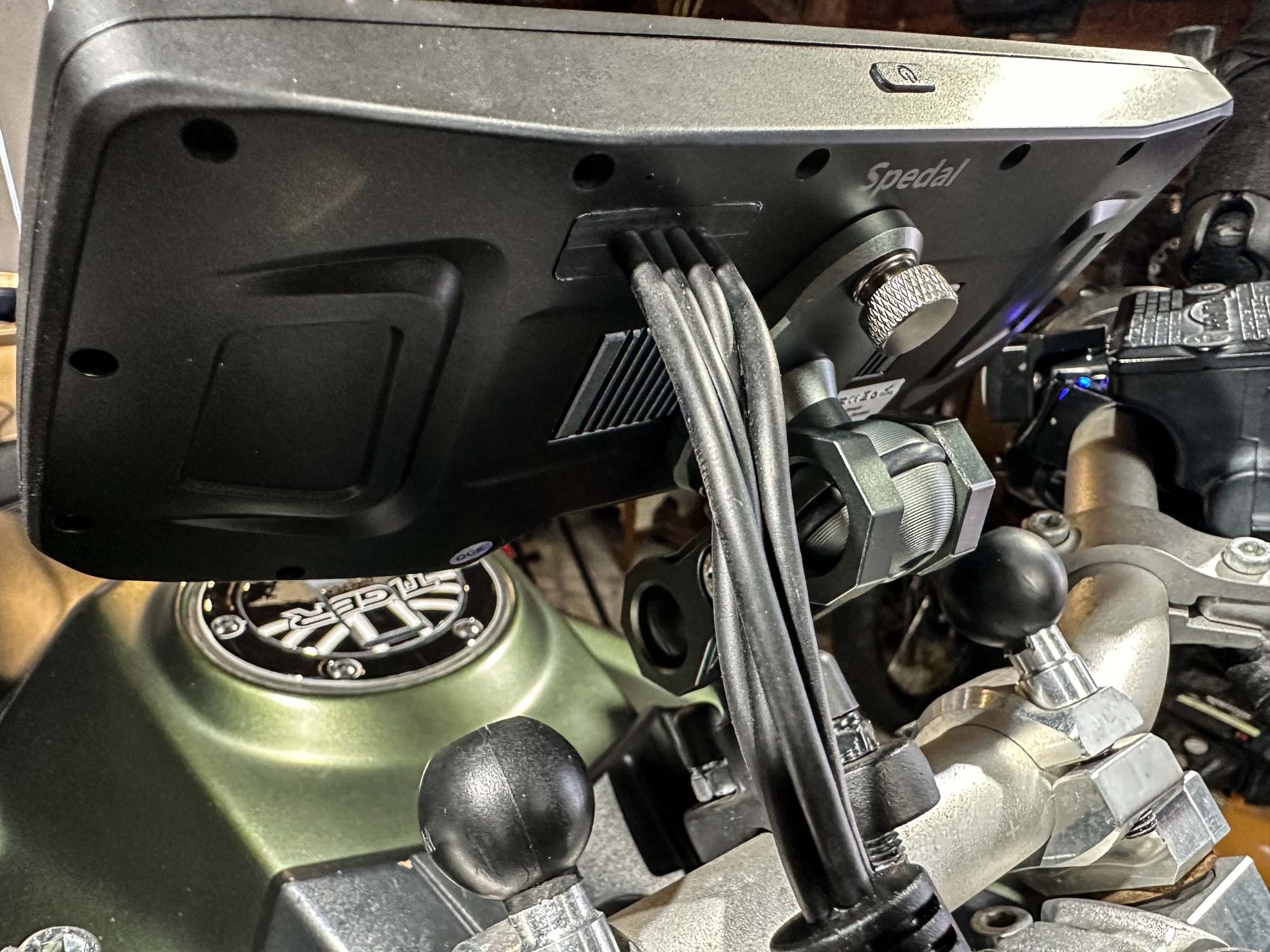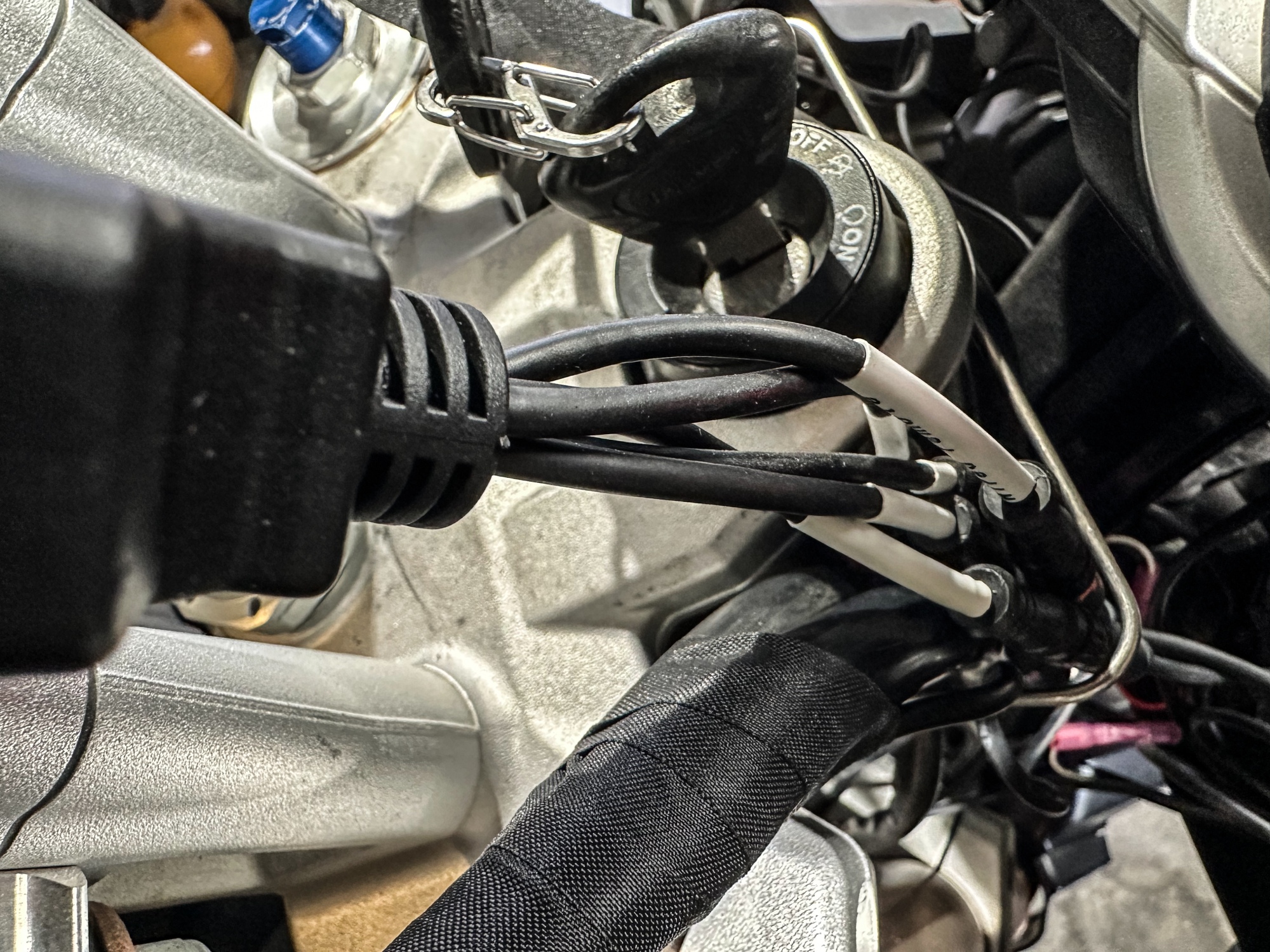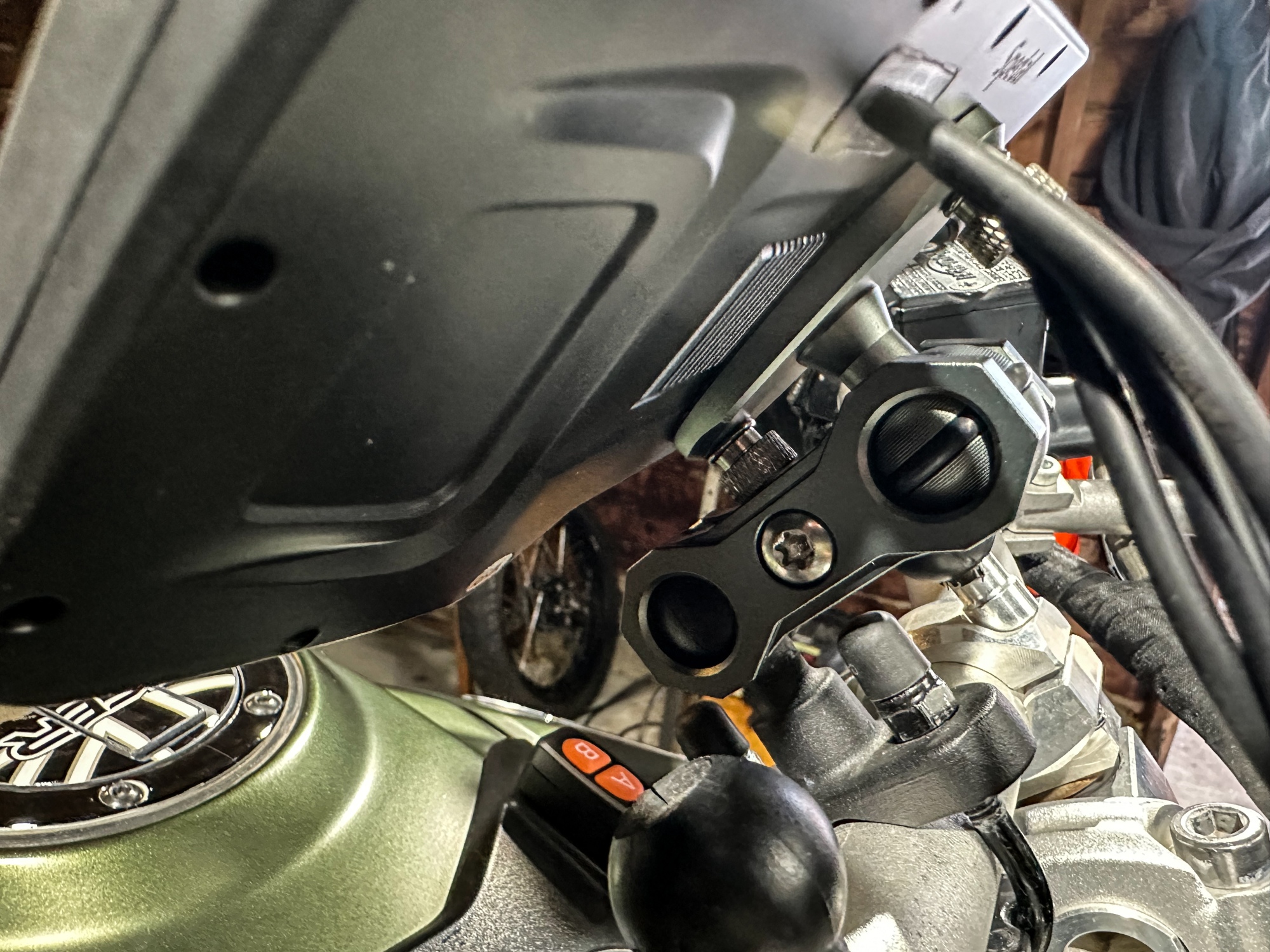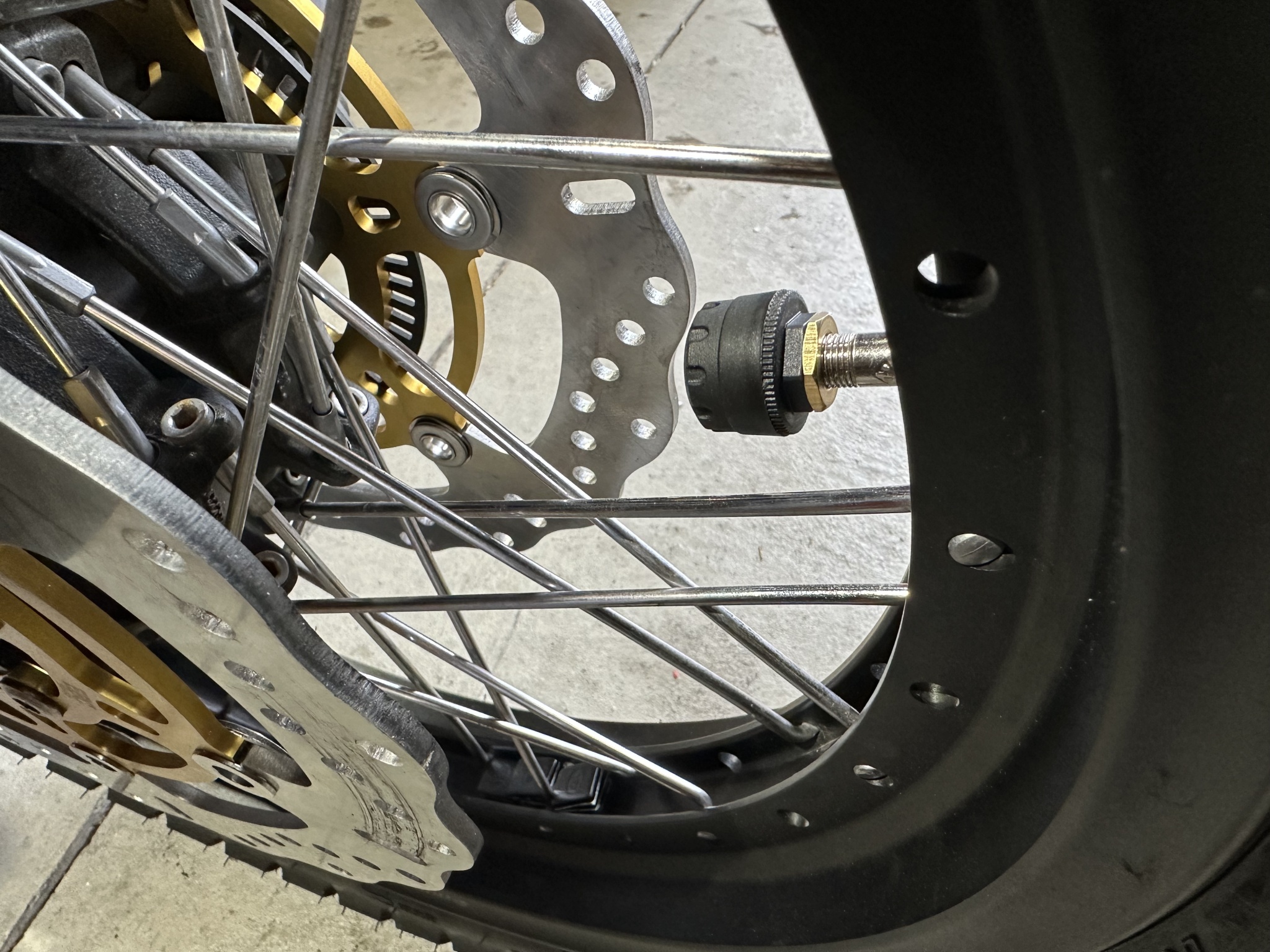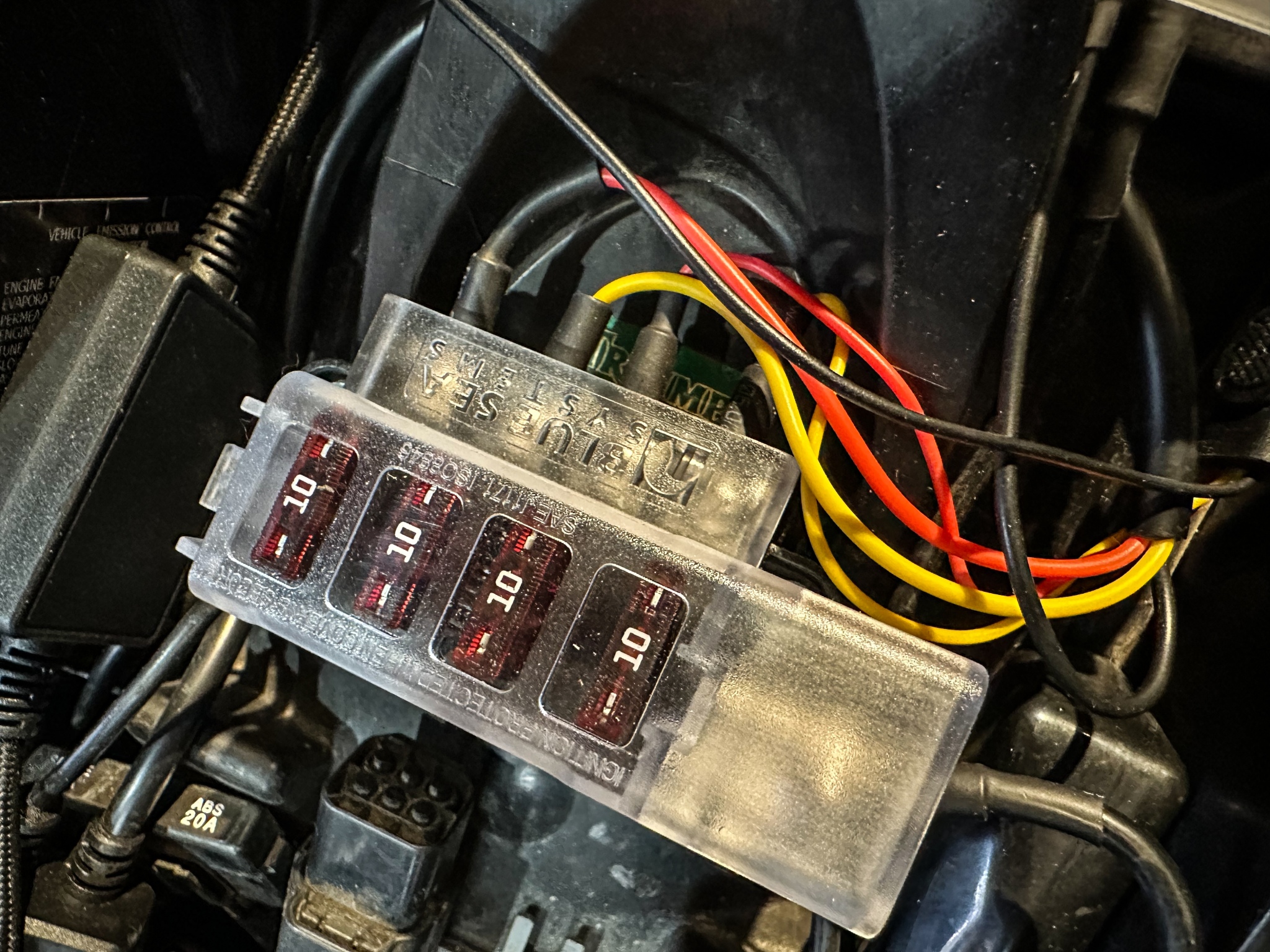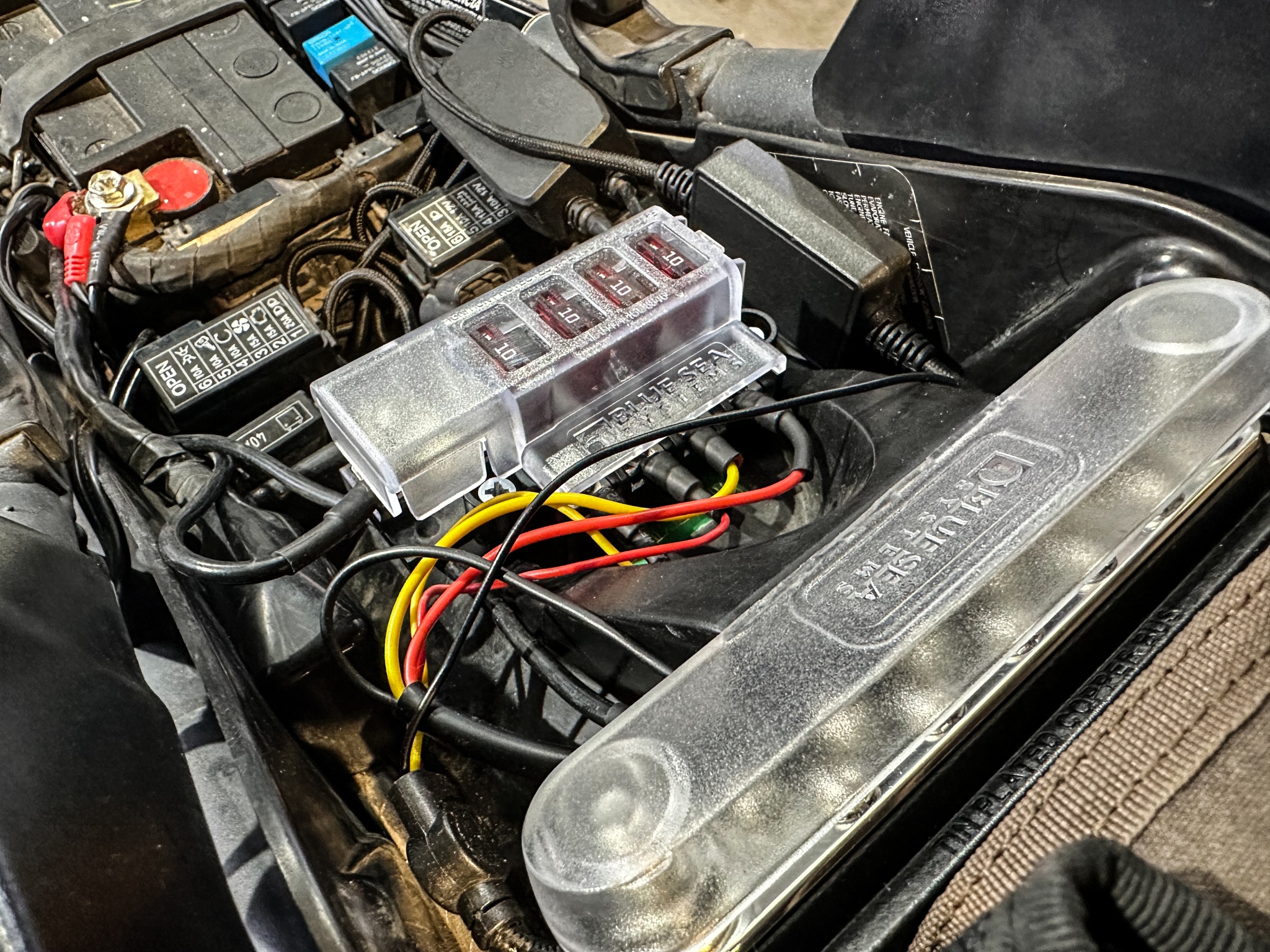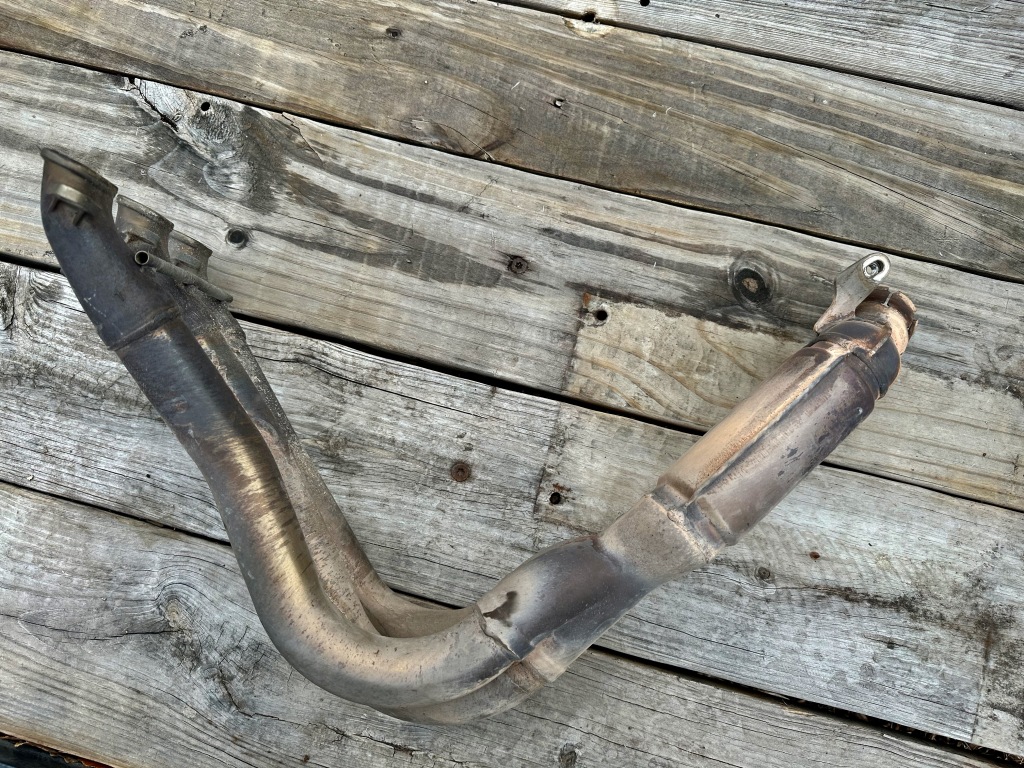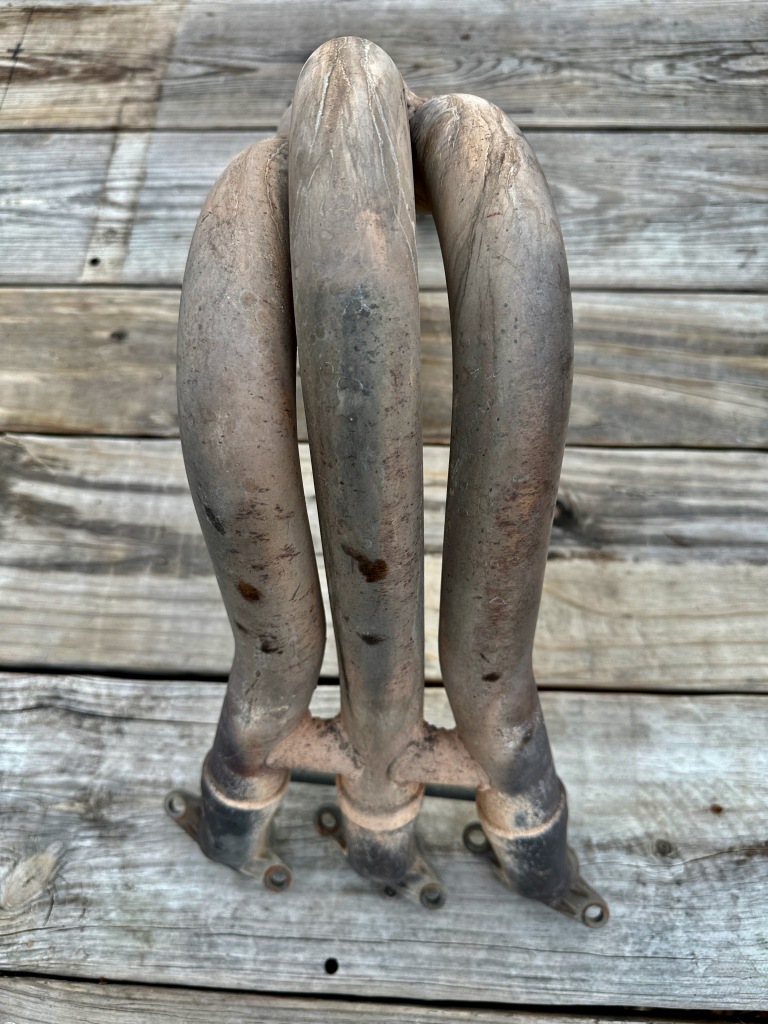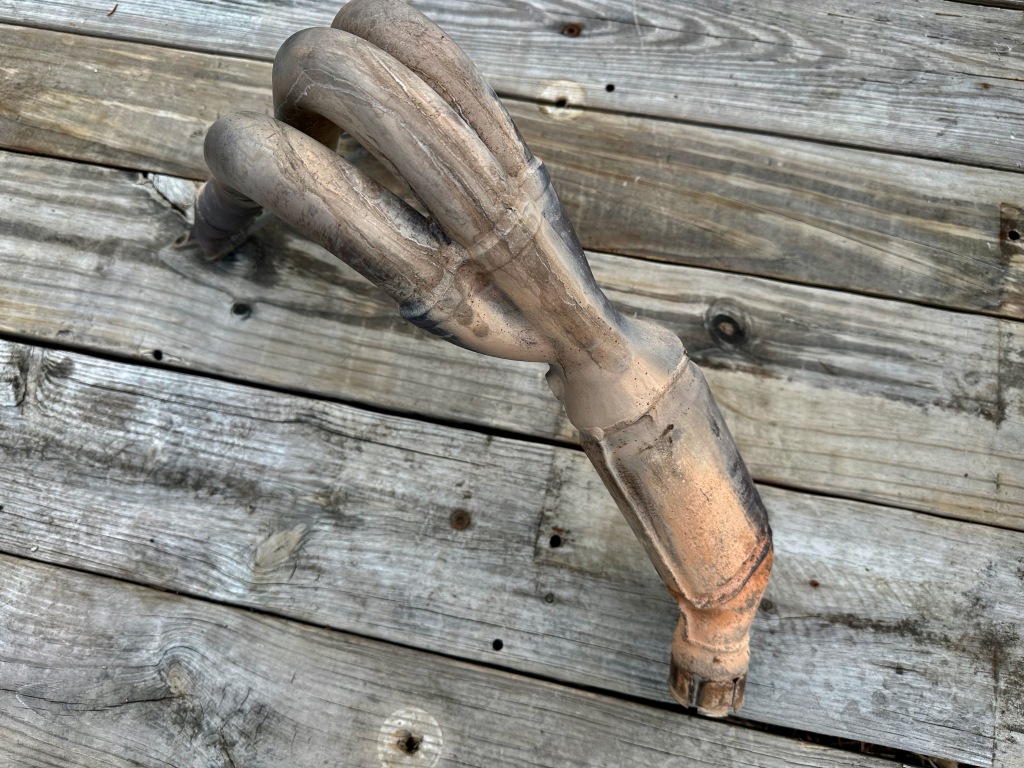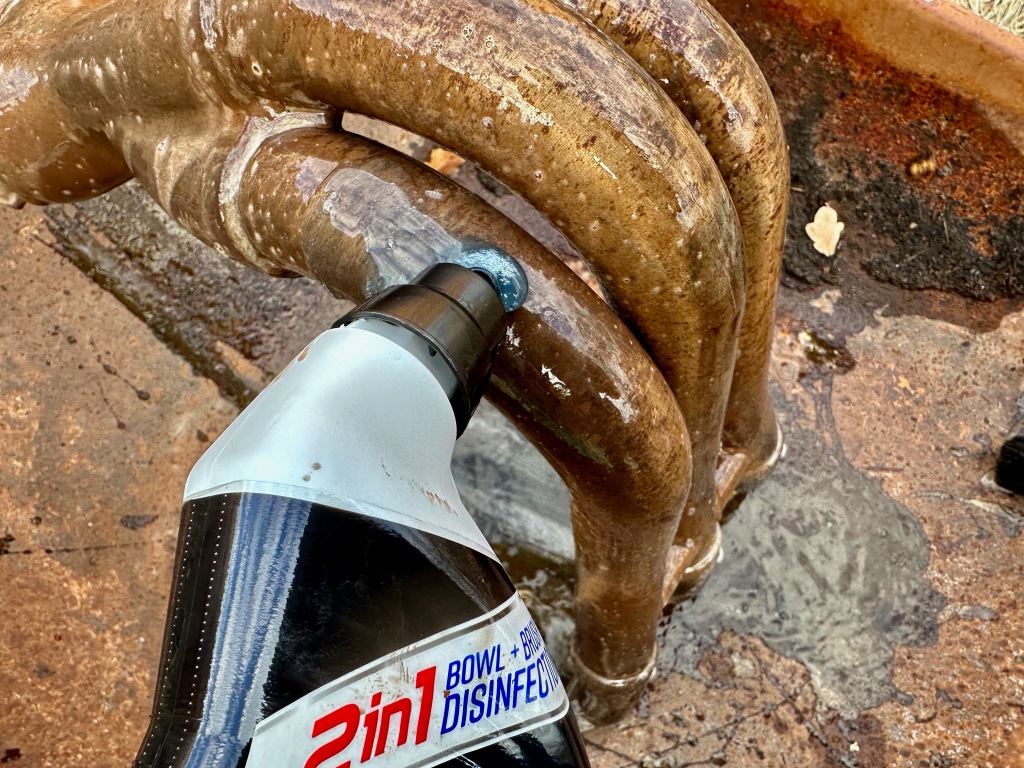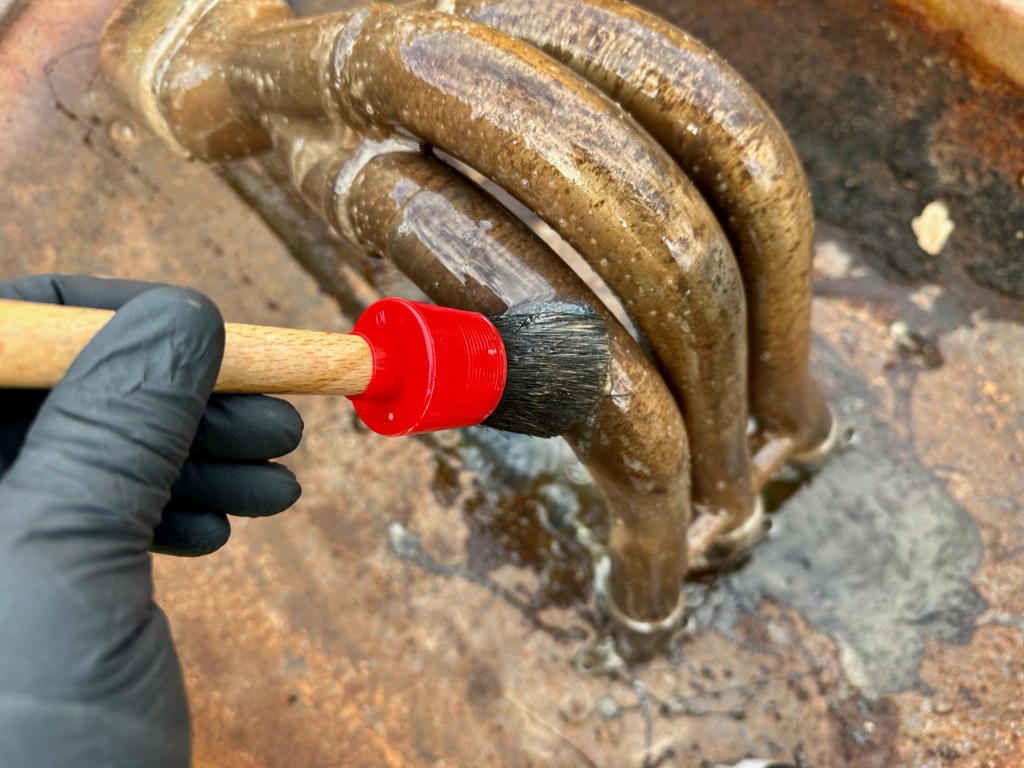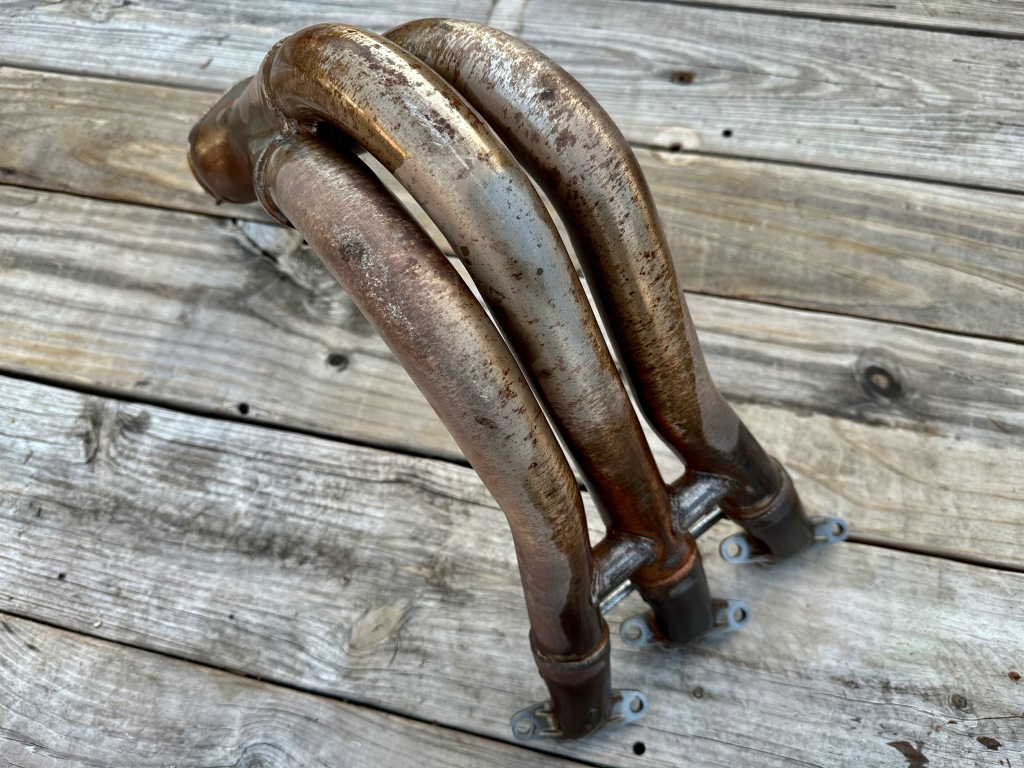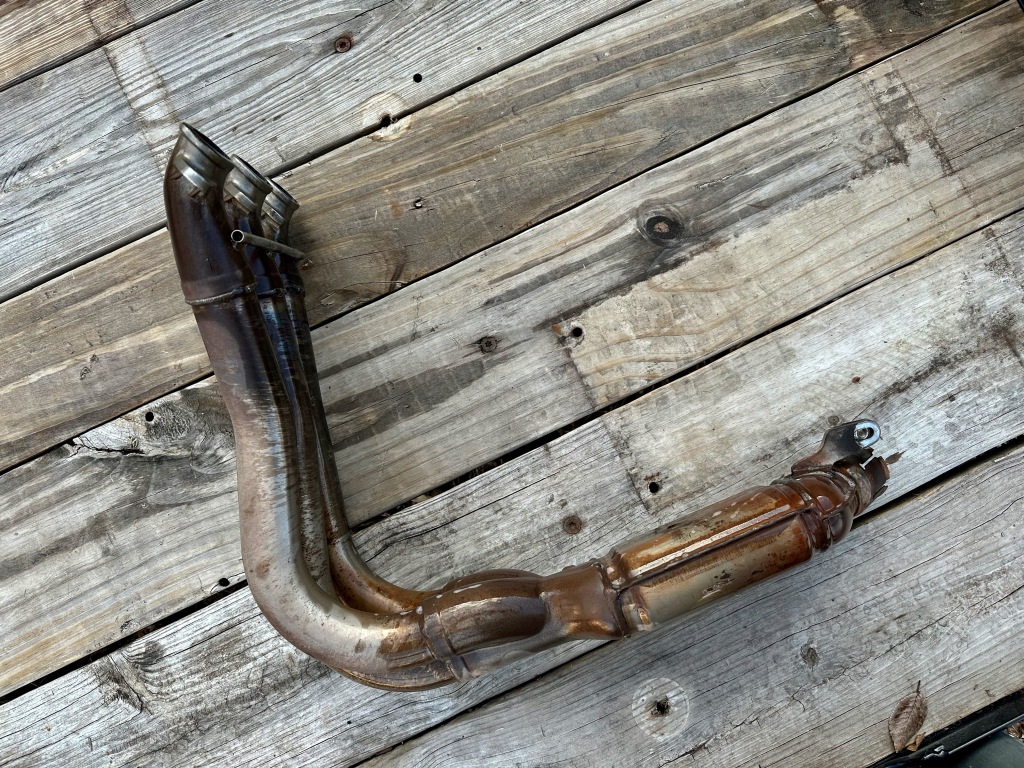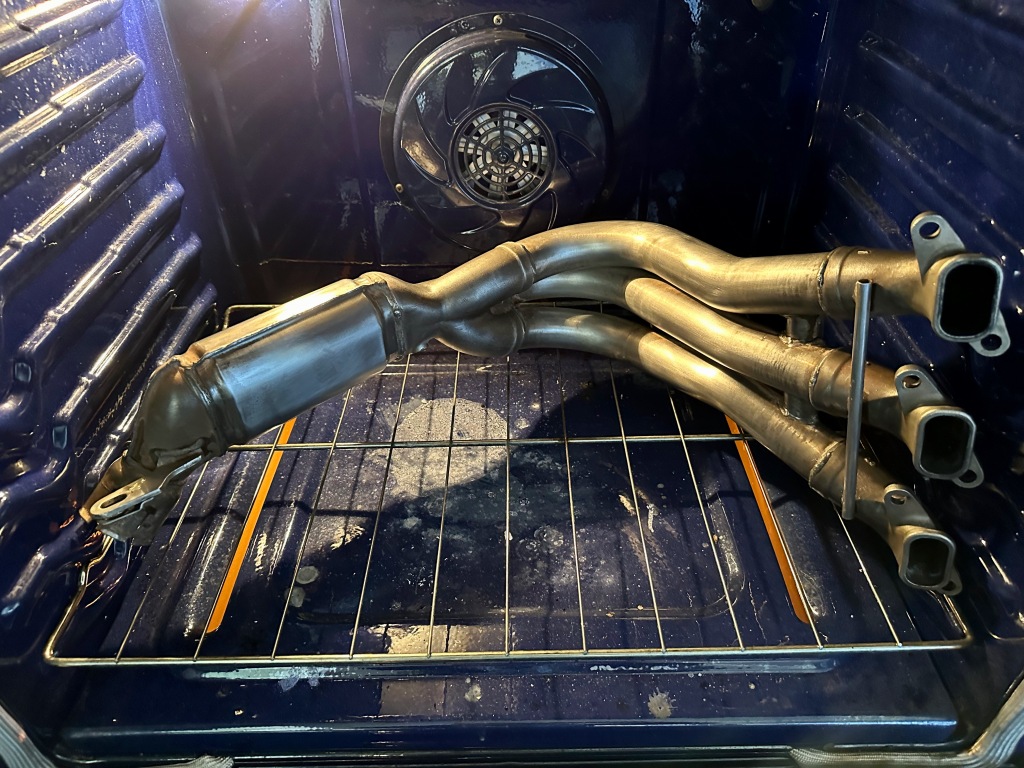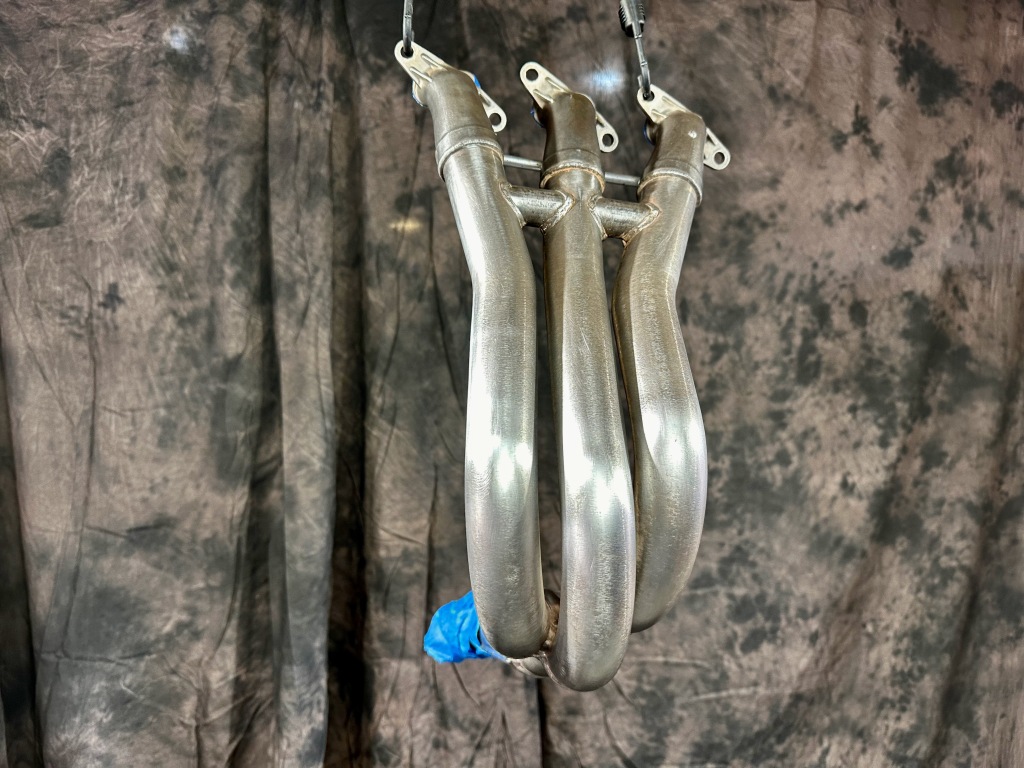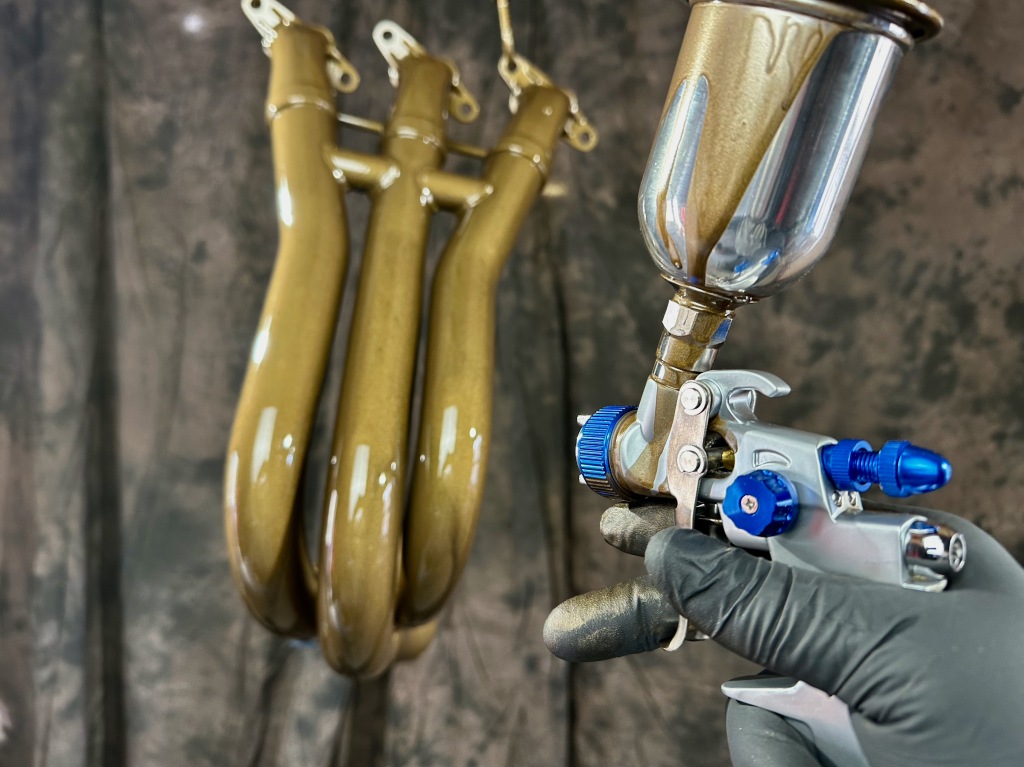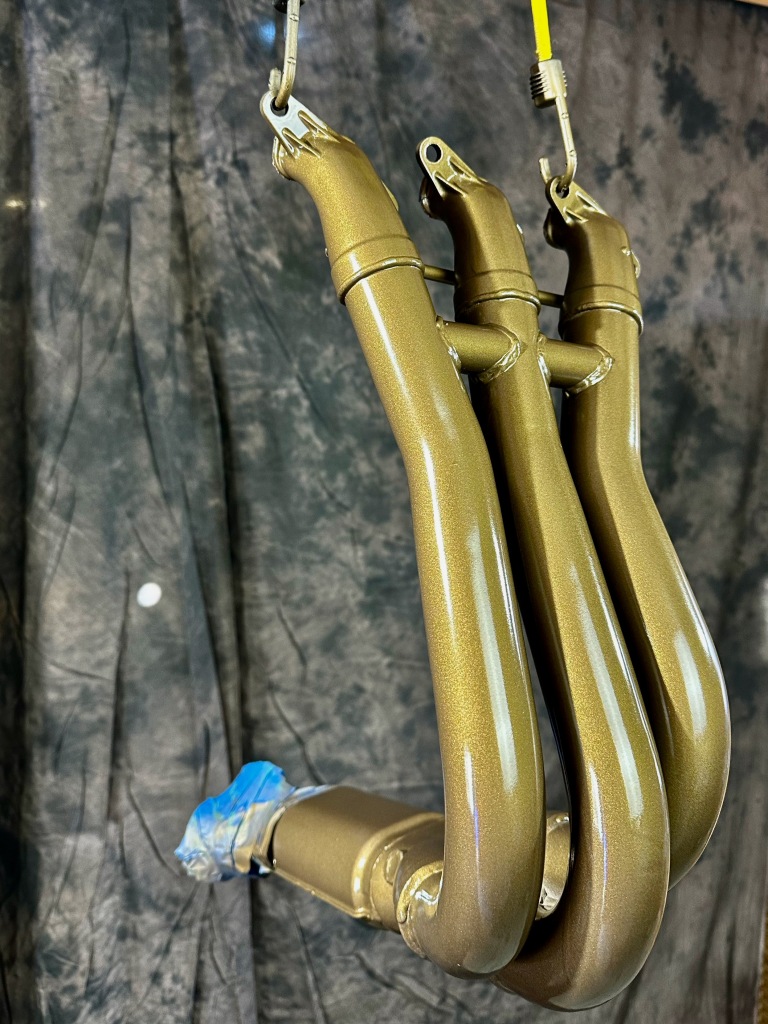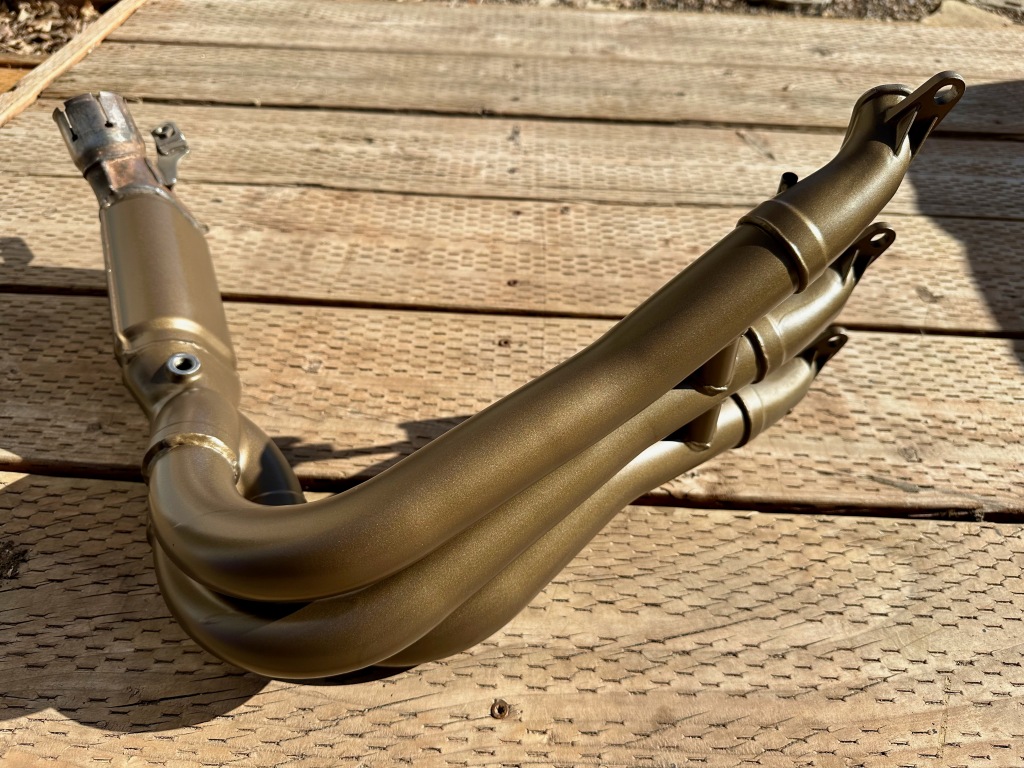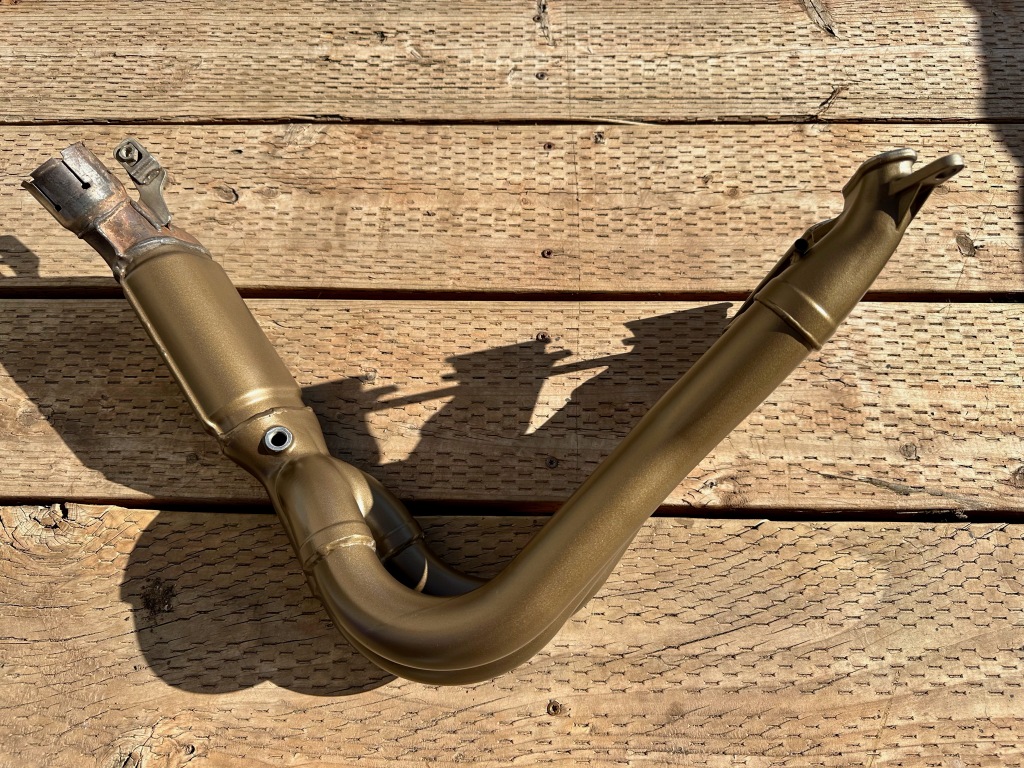Imnosaint
Adventurer

I’ve wanted a 1200Xc ever since I bought my 800Xc, not that I was for want of more (aren’t we all) with the first Tiger other than a little more power and stability, and I only wanted that when I was slabbing it. My Triumph Tiger 800Xc is the most capable motorcycle I’ve ever owned. I bought it to help manage the weekly 700-mile commute I was making at the time and found in those journeys that I wanted a little more, especially cruising over 80mph.
I also have a few members of my immediate family who want to or just may want to pick up the ADV habit and join me in my adventures. The 800Xc is the perfect platform to do so. That’s been enough for me to do the research and understand the Explorer platform better, all in displacement of plunking down (a lot of) my hard earned cash for the new 900Xc. I’ve never been a patient person.
I found a couple of Explorers locally, neither of which were Xcs, so I broadened my search nationally. I wanted the Explorer Xc; spoked tubeless wheels, crash bars, skid plate, hand guards, etc., and I wanted it in the same livery as my 800Xc, in Triumph’s matte khaki green. I’m OCD that way. After a month of searching, I found this one in Sanford, Florida on Cycle Trader, a 2014 with a little over 21k miles.

It had everything I wanted sans the hand warmers. I did a digital inspection with the help of Sky Powersports and decided to make the purchase. This felt a little risky having never made what to me is a large purchase of a motor vehicle sight unseen, nor had I ever considered shipping a motorbike, but the price was right and with shipping costs I was still below sourcing an Explorer locally.
Ten days after the transaction, the Explorer arrived at my home where confirmed a few add-ons that I saw online; Rox Risers, SW Motech engine guards and Givi Trekker pannier racks. I also noticed a deletion or at least a downgrade – the fog lamps were knock-off LEDs replacing the original Triumph lamps, bolted on to the aluminum frames with non stainless hardware. I didn’t realize Florida was part of the rust belt, but as I continued my inspection of the explorer anything that wasn’t aluminum or painted was rusting, as in all the DIY hardware on the bike. I’ve since replaced it all and have touched up the crash bars.
My initial shakedown ride surprised me what almost another 100 pounds will do to turn in on the same wheel base, and the fly-by-wire throttle response took some getting used to – the 800’s is immediate, always begging for more, the Explorer accelerates on what feels like its own terms. It felt a lot like my Valkyrie, which wasn’t a bad thing. I went through all the electrics, all the menus, all the traction control and ABS settings along with the cruise control, and everything worked. Phew.
A few days later I baselined the adjustable suspension and dialed it in with a 72 pound load spread out across the new Givi Trekker Outback 47l panniers, a small Givi tank bag and a pair of Givi engine guard bags. The big Tiger made it all but disappear.
Four weeks into a very cold winter I discovered a fork leak - this southern Tiger doesn't like the cold, dry air here - so I had both sides replaced along with a valve adjustment where all exhaust valves needed a shim.
This thread will chronicle the rest of the mods and preparation of the Explorer for a transcontinental trip coming up in June where my daughter will ride the Tiger 800Xc with me on this Explorer. Watch for the UTADV YouTube channel.

